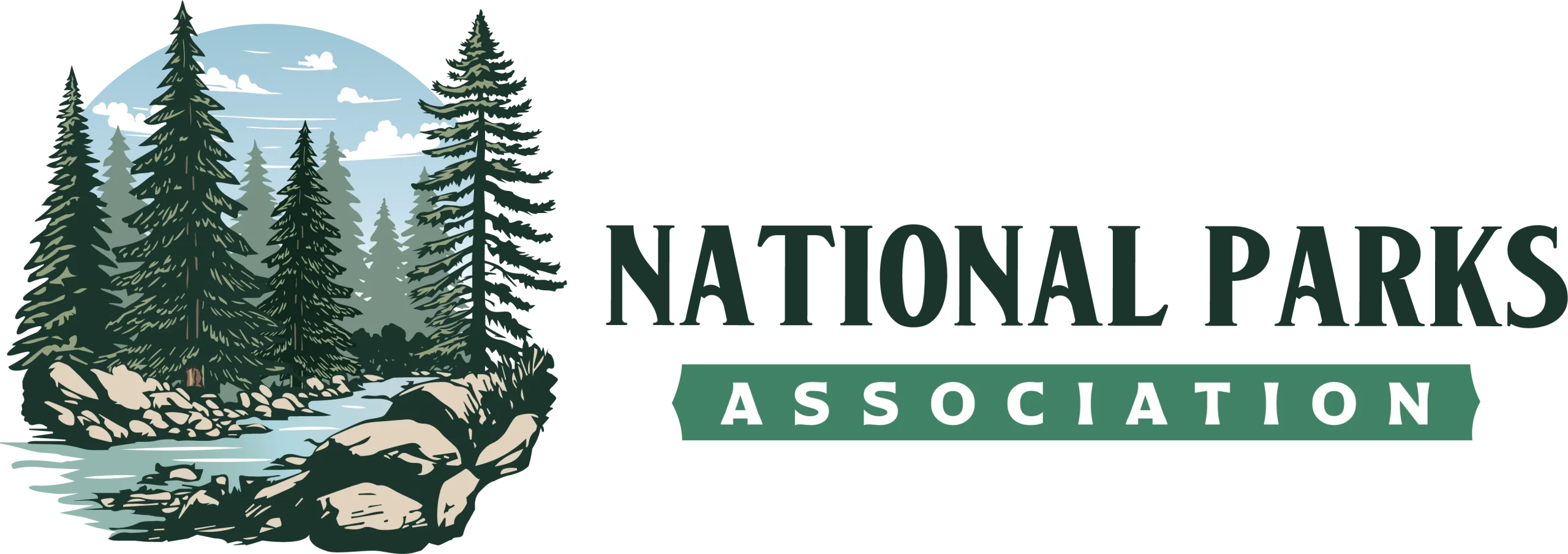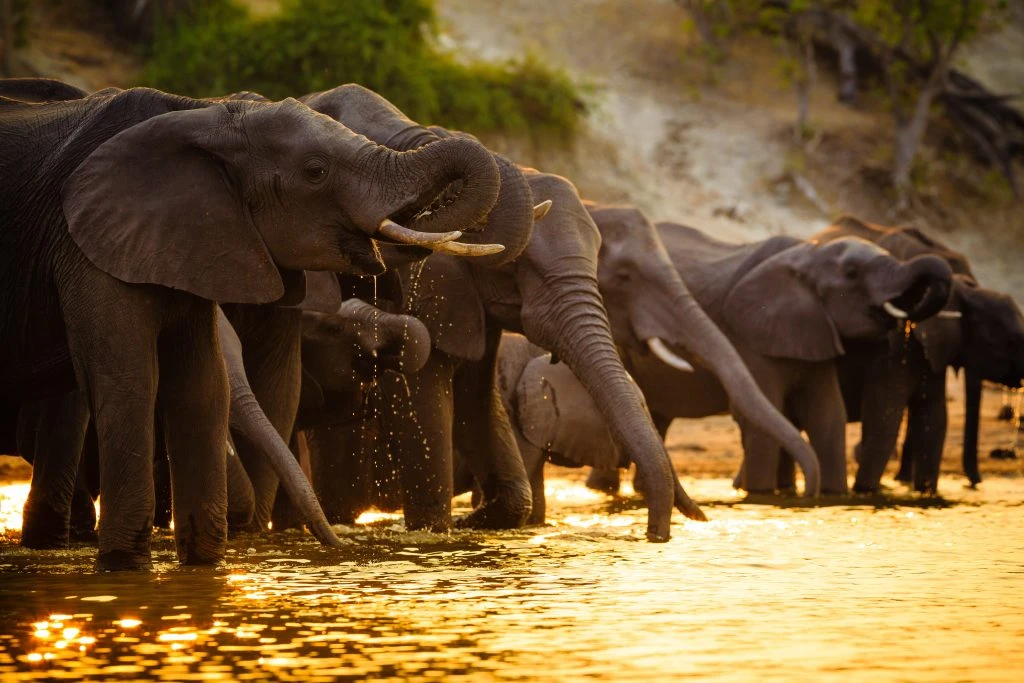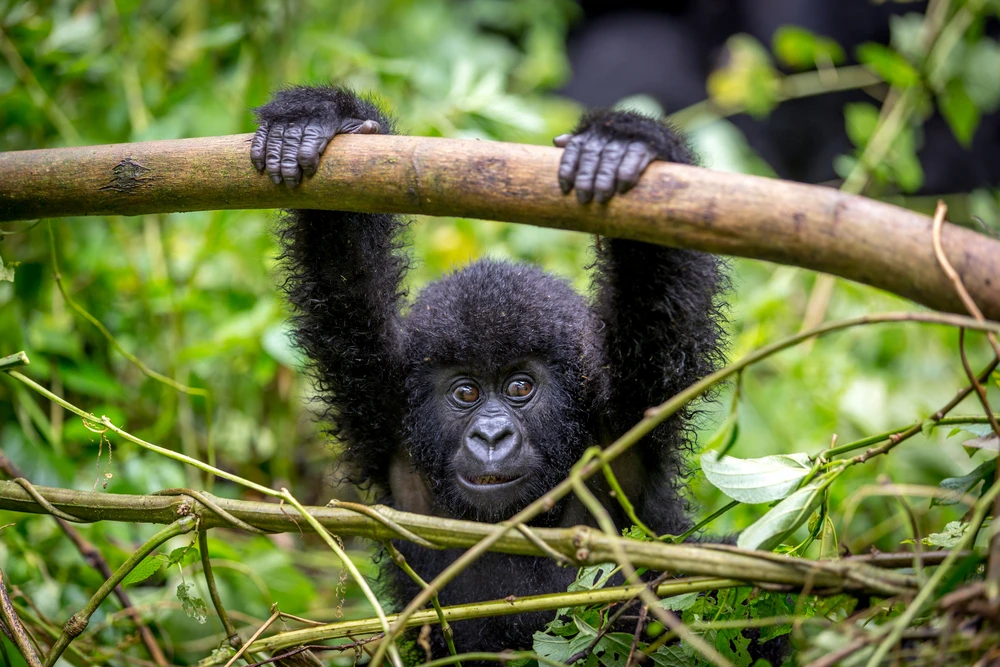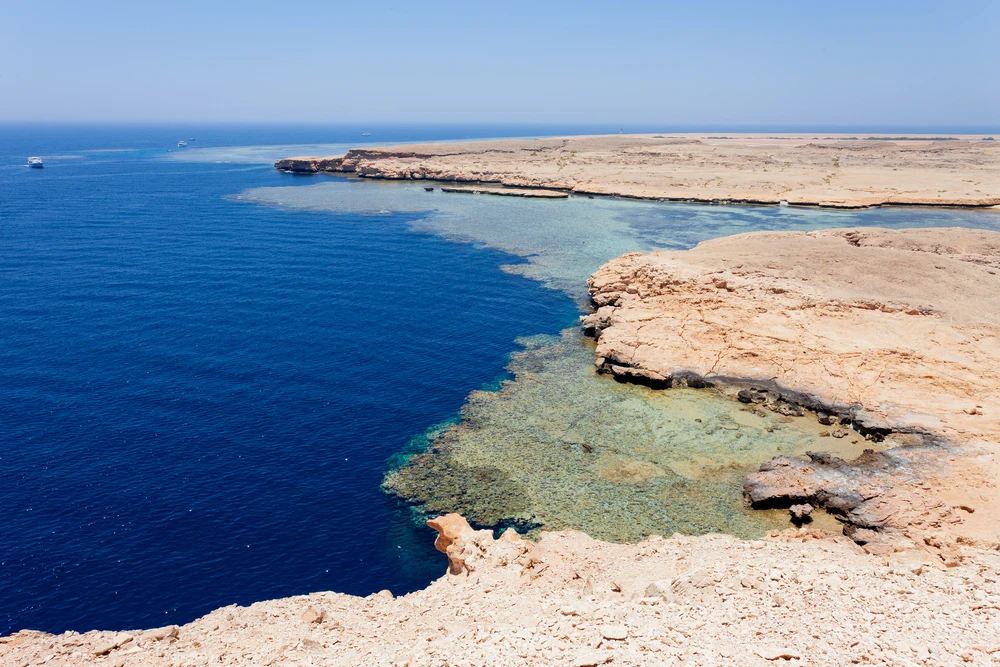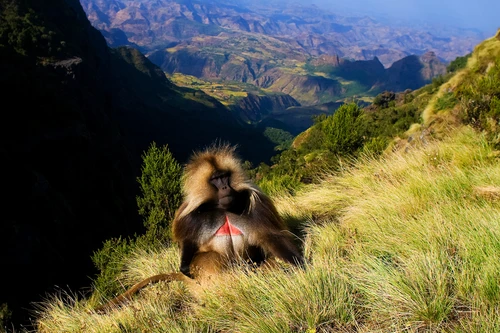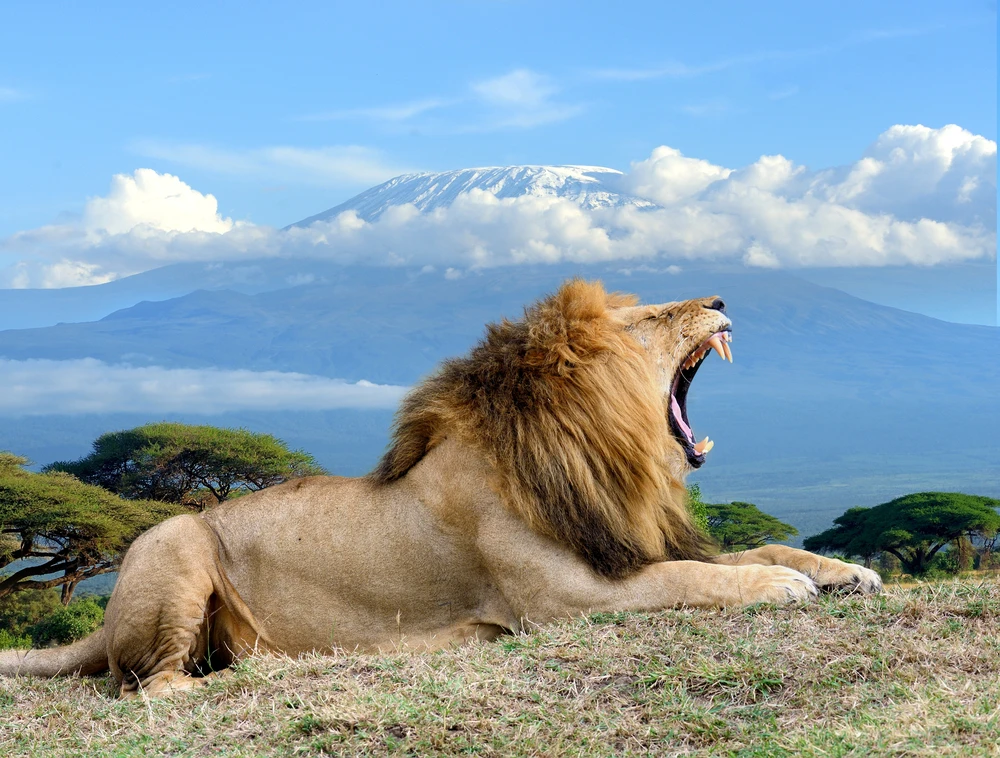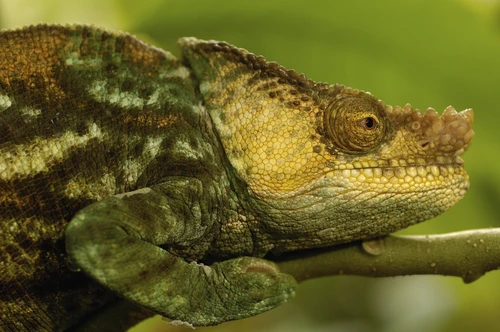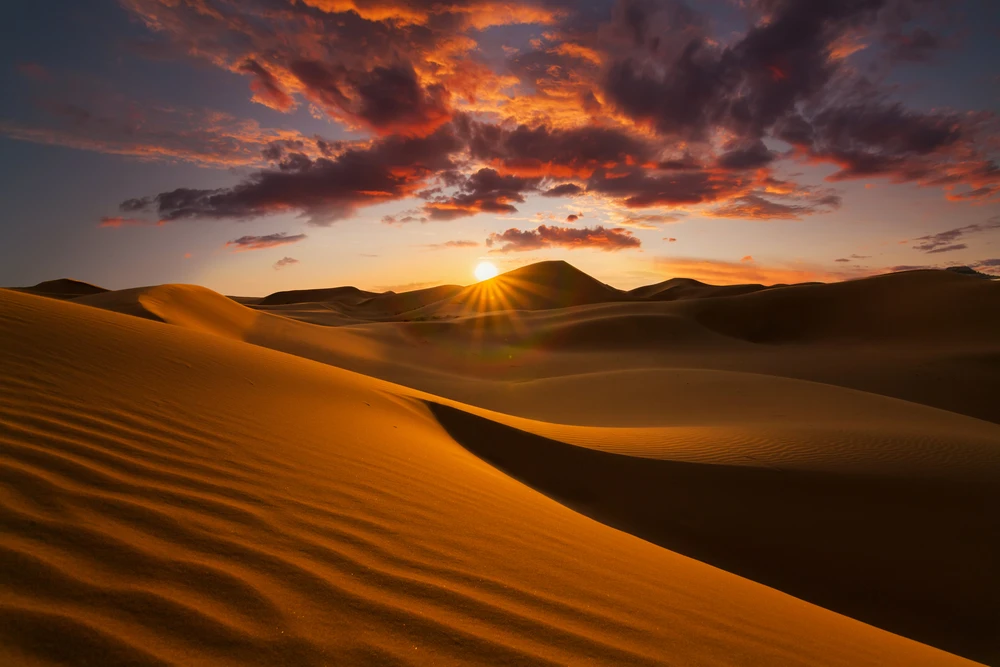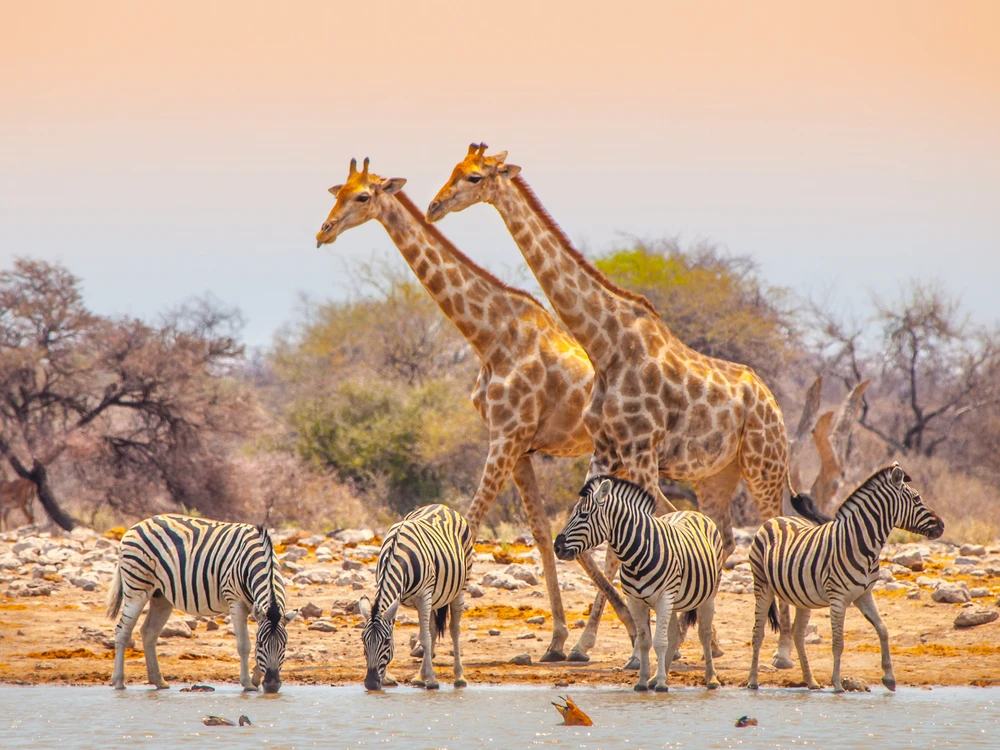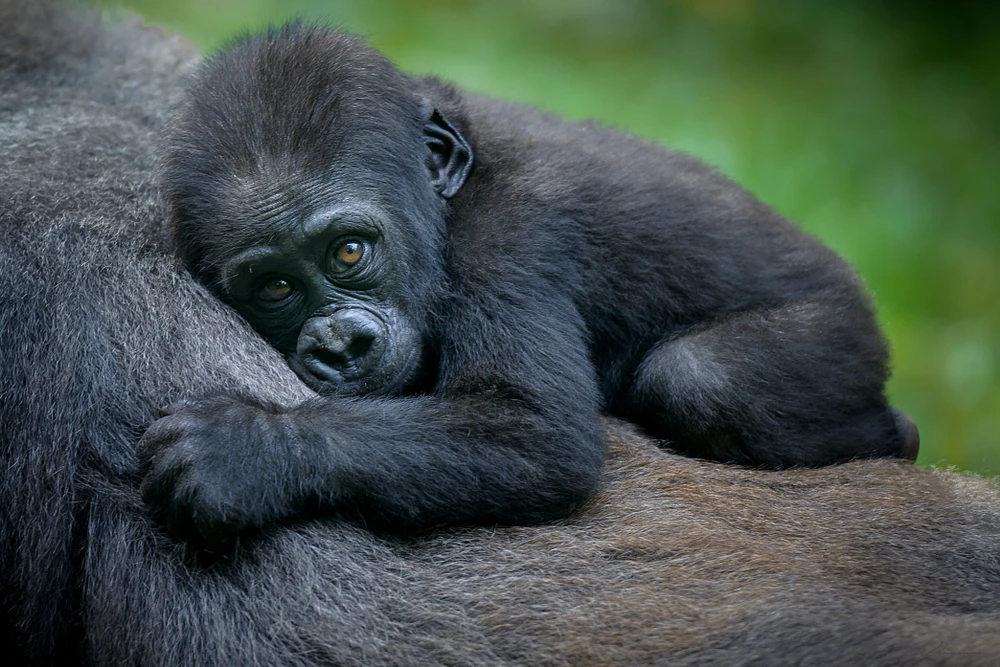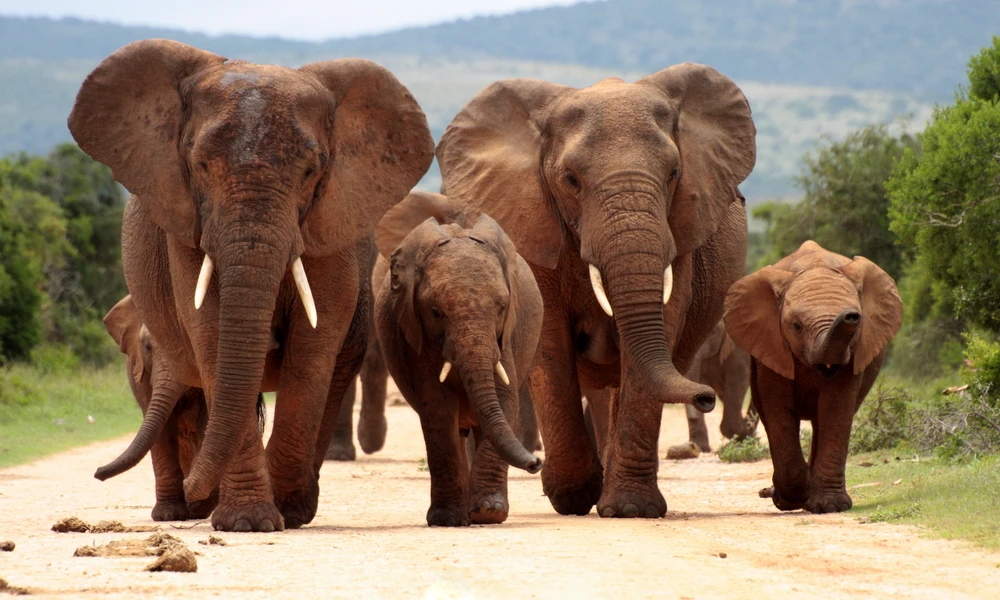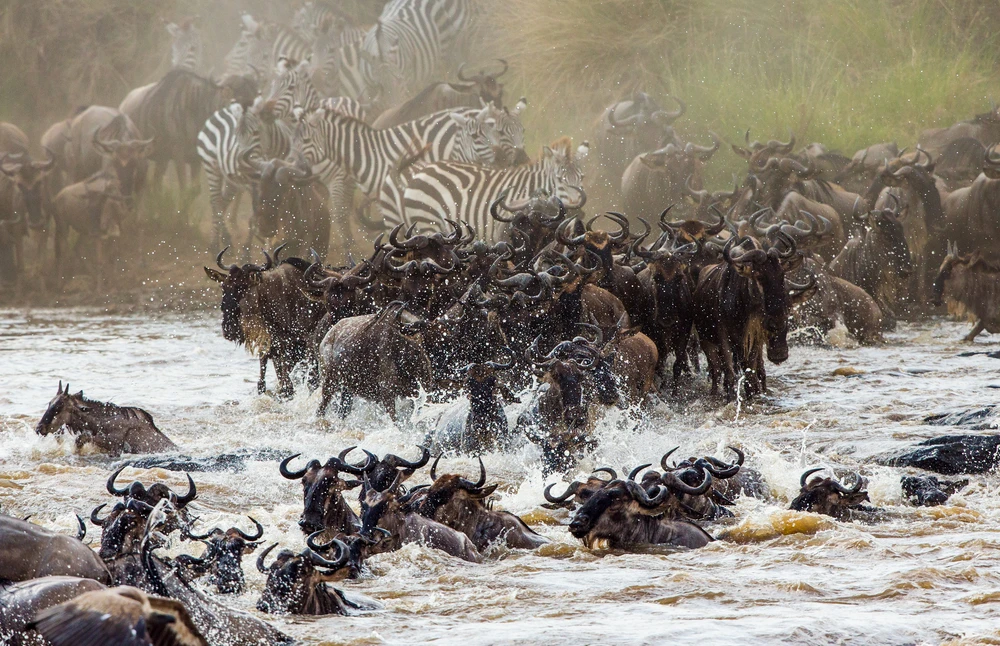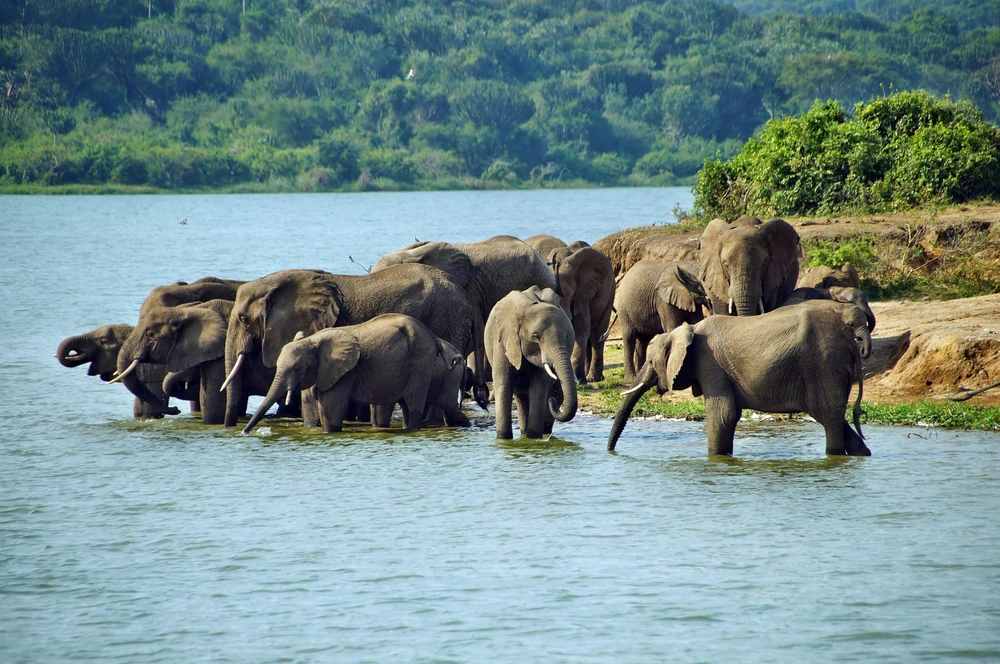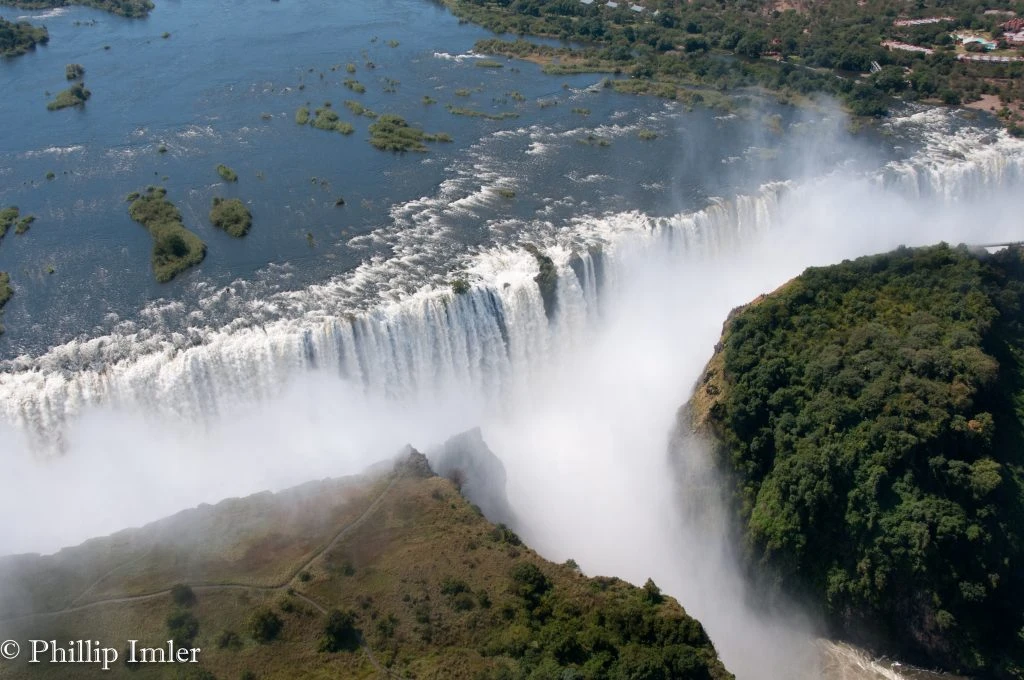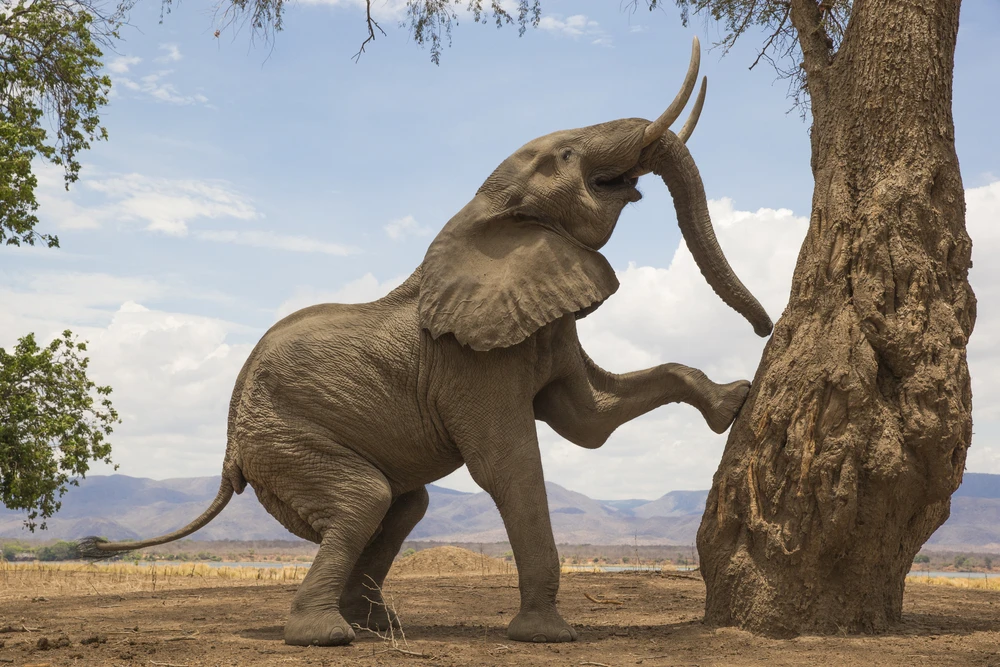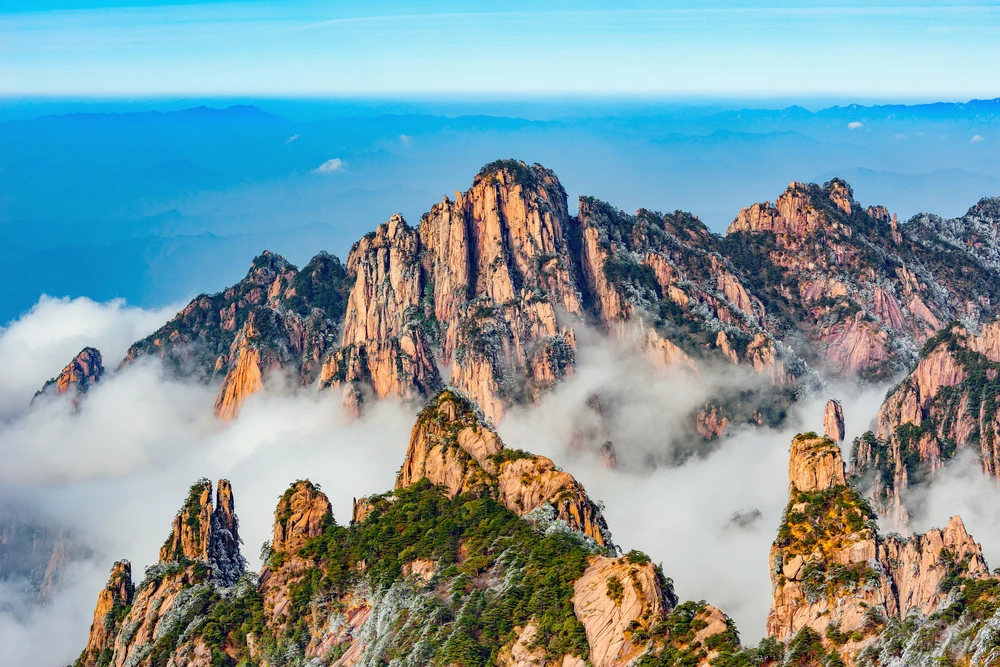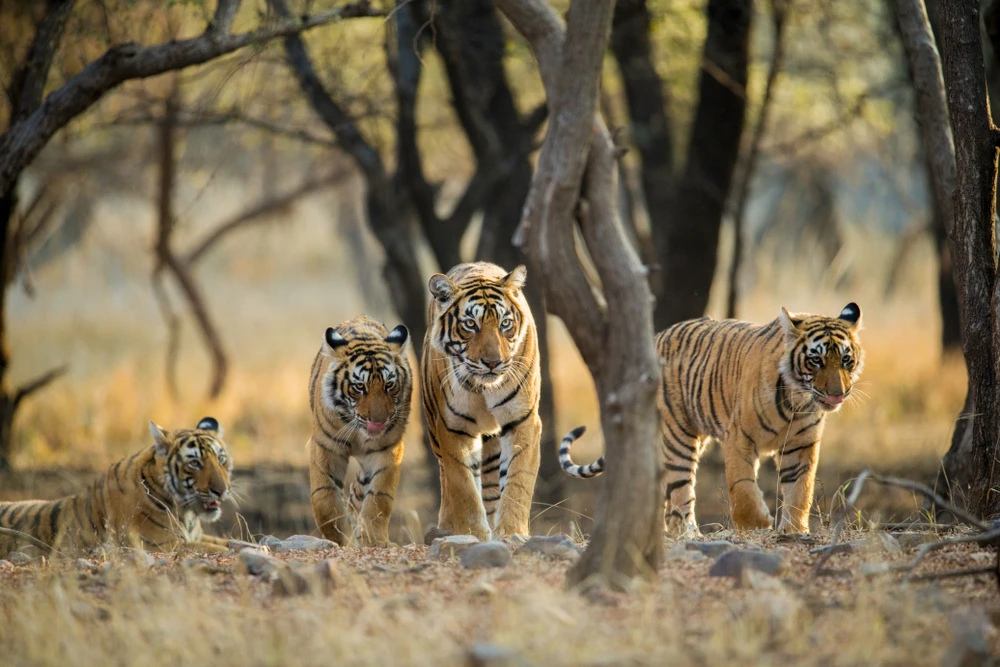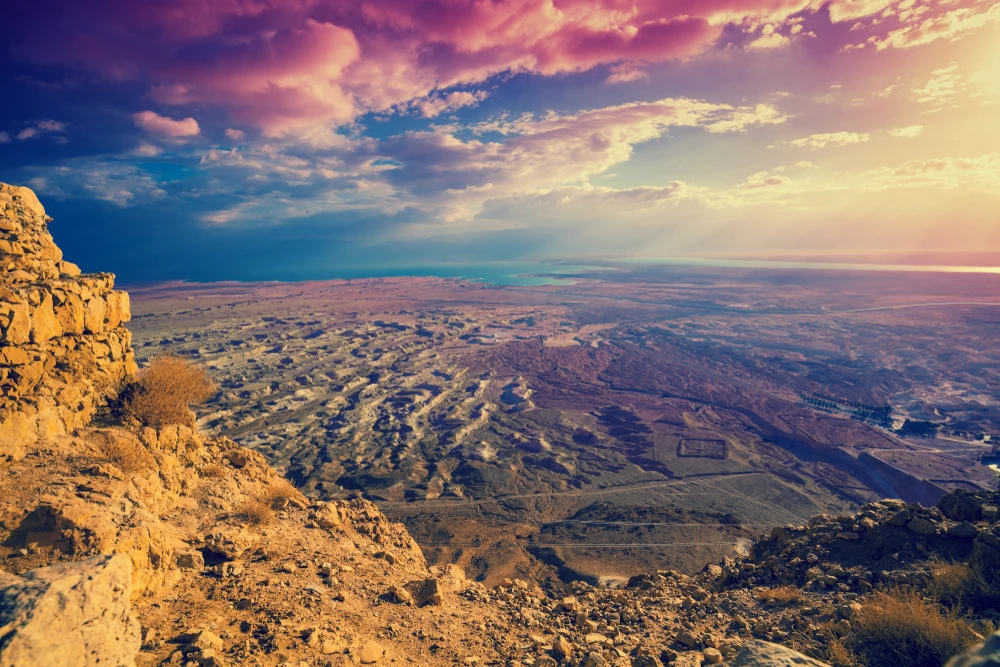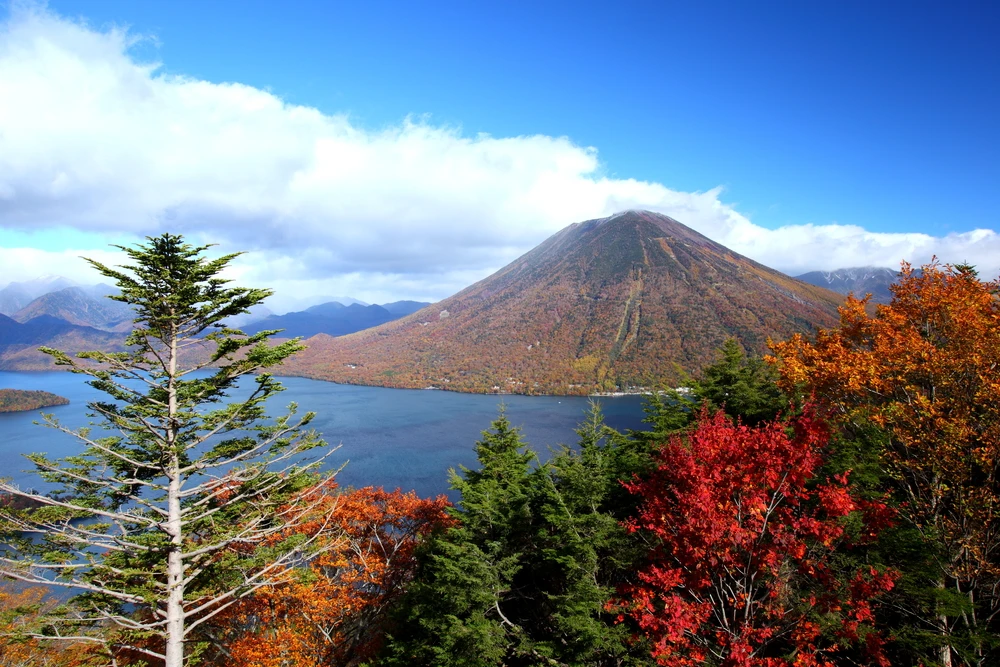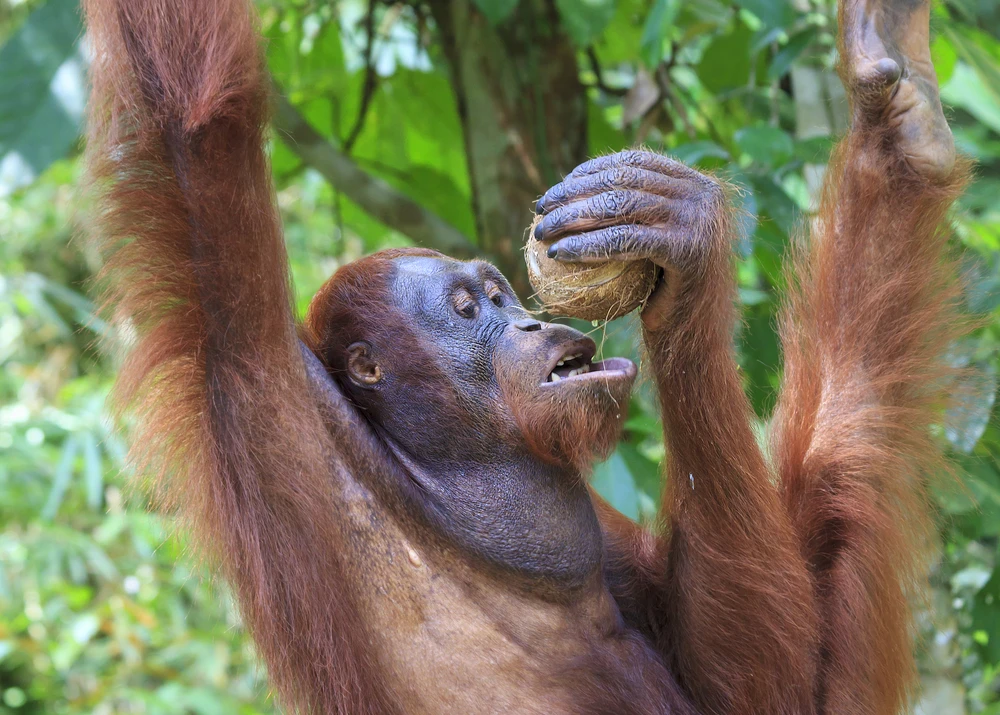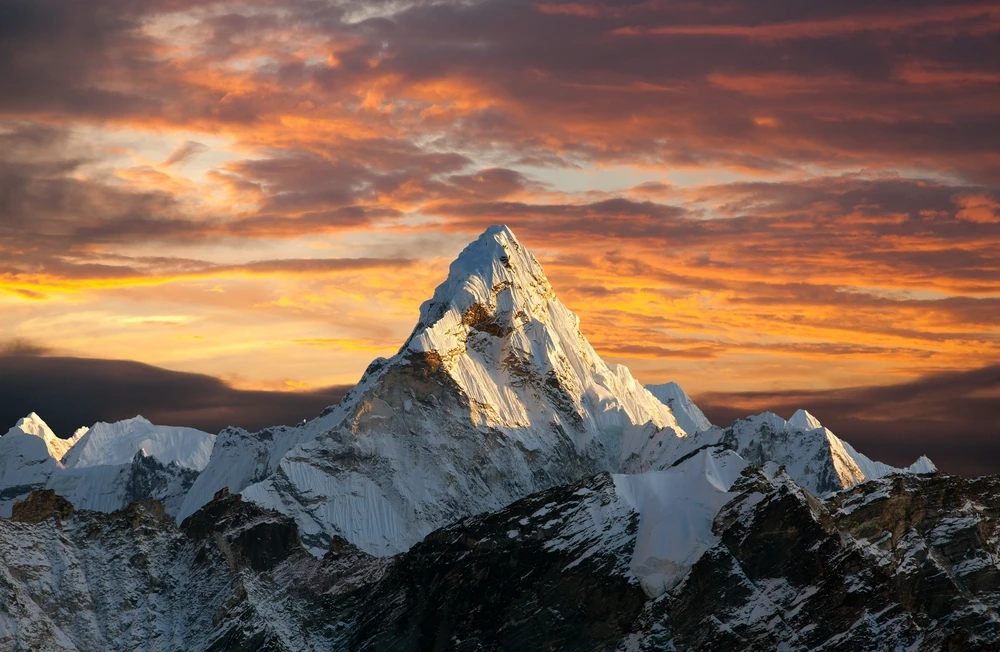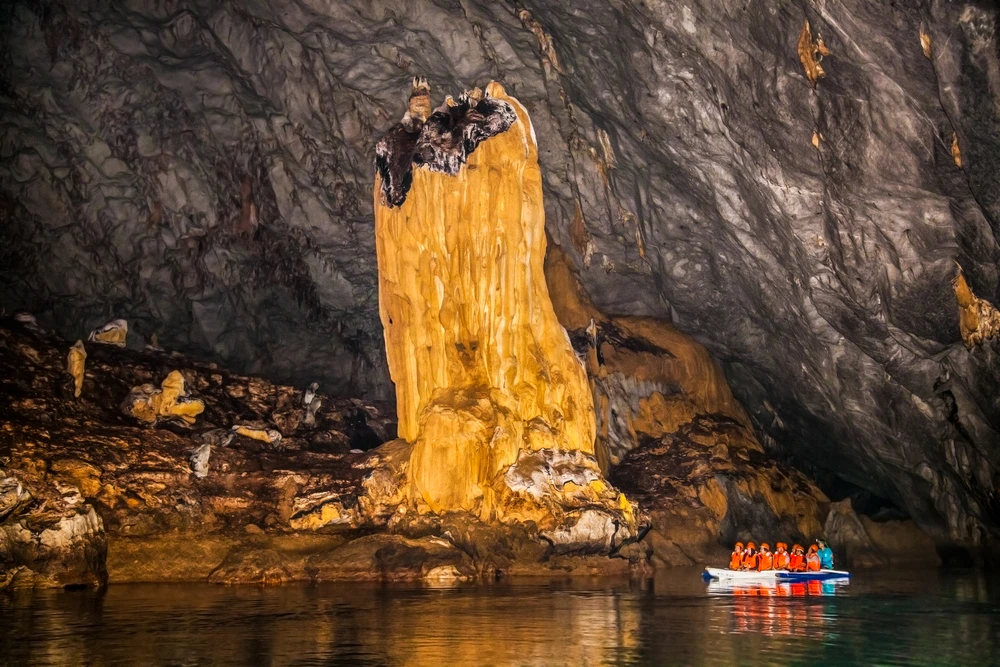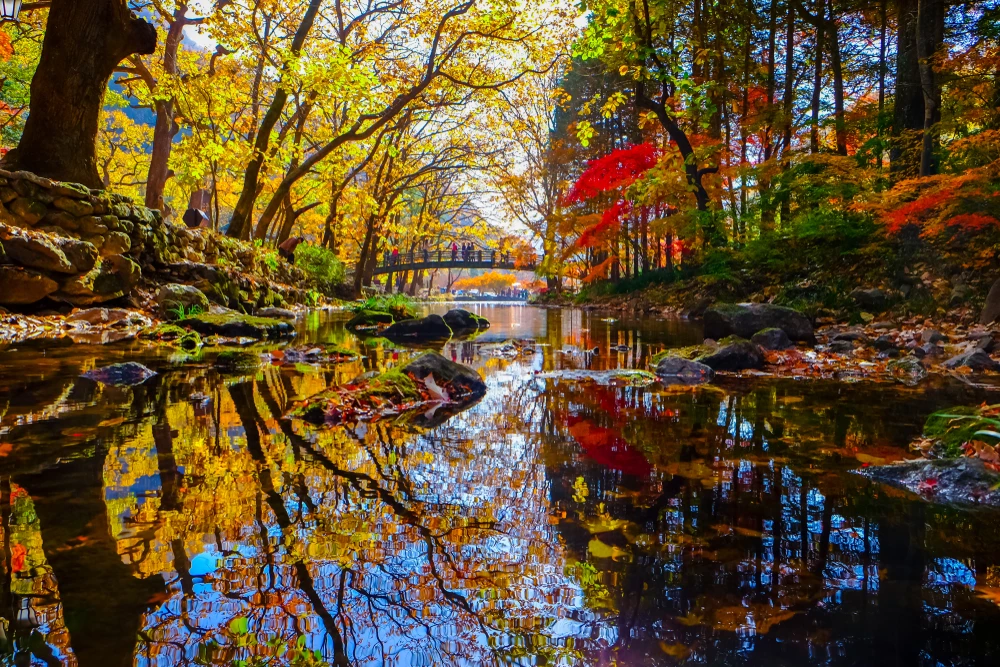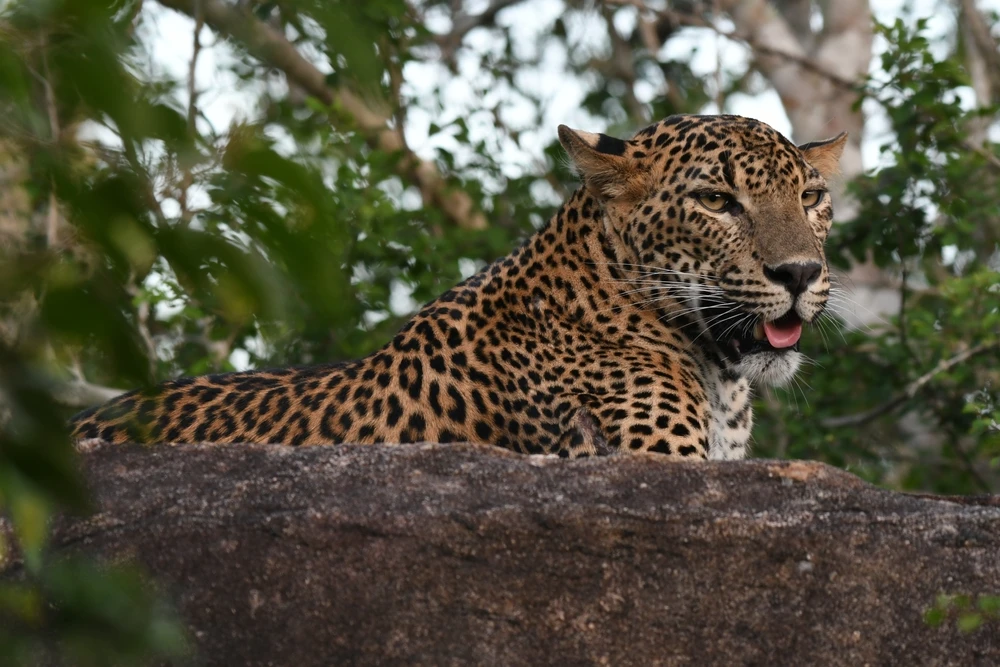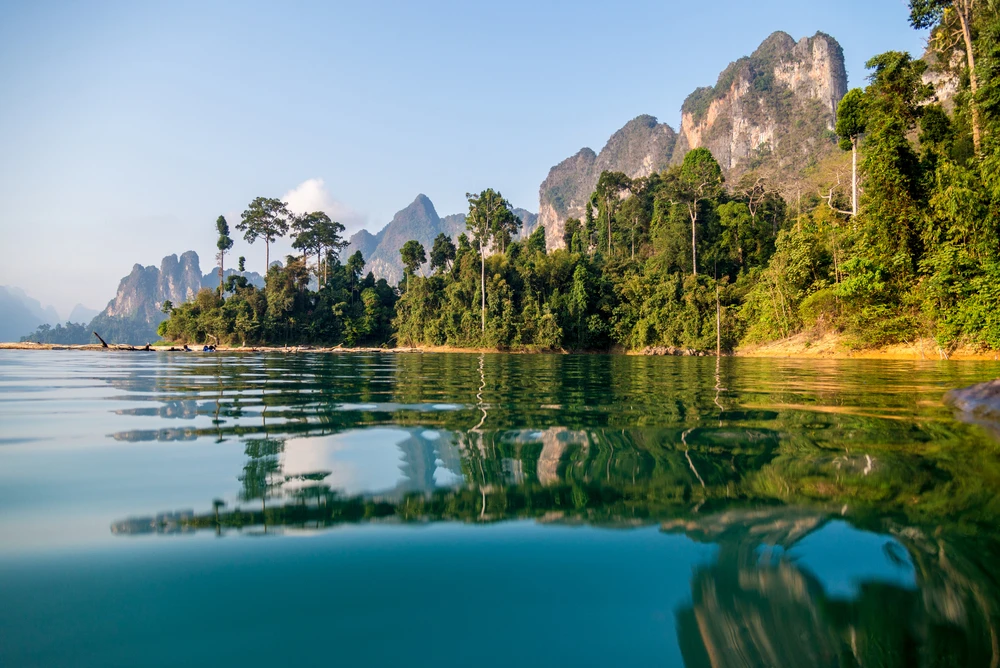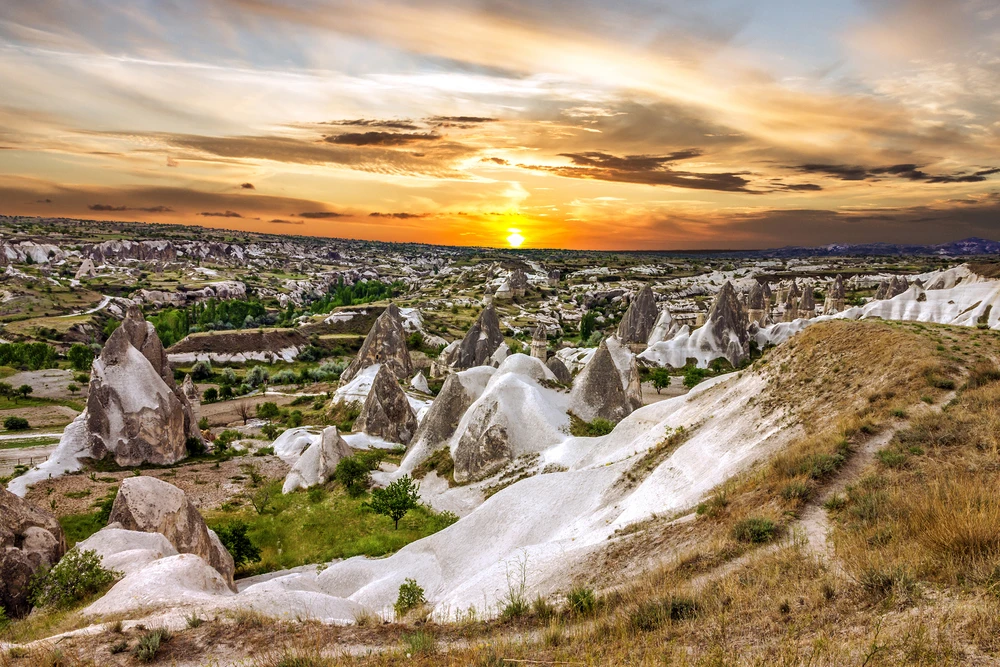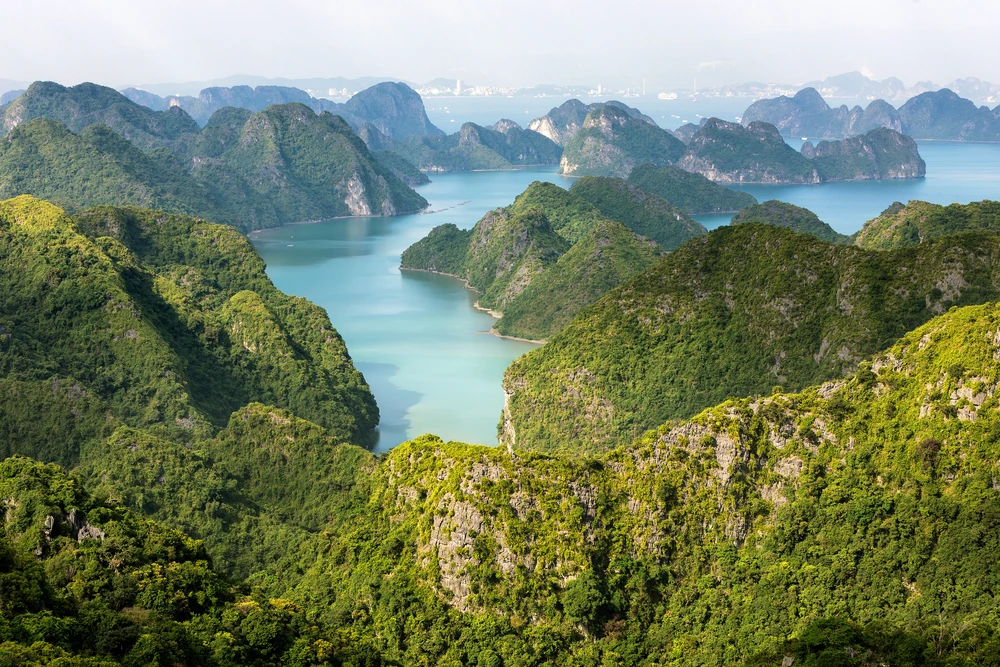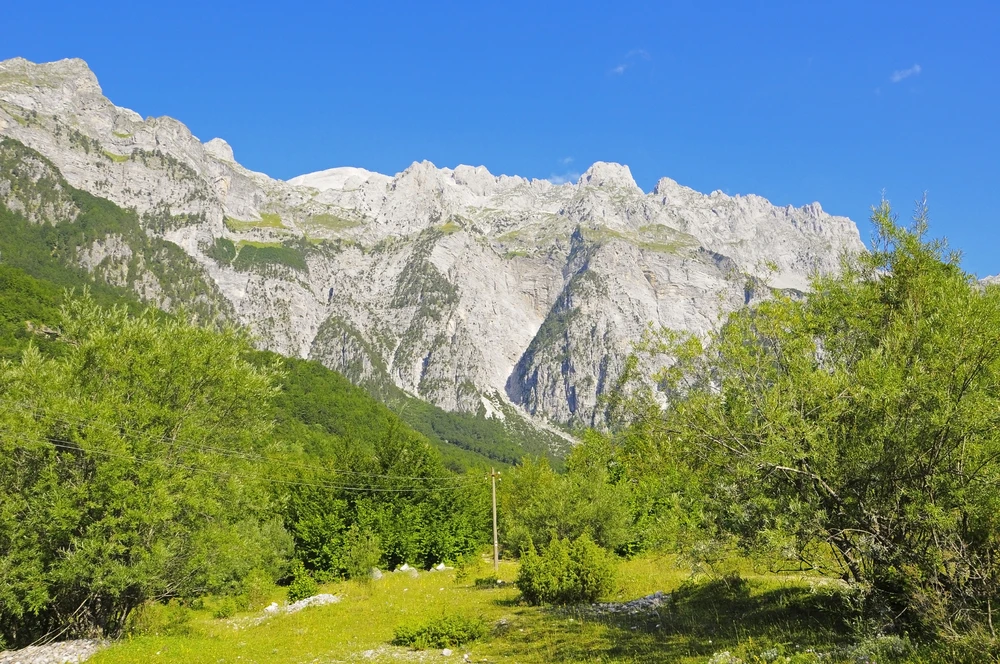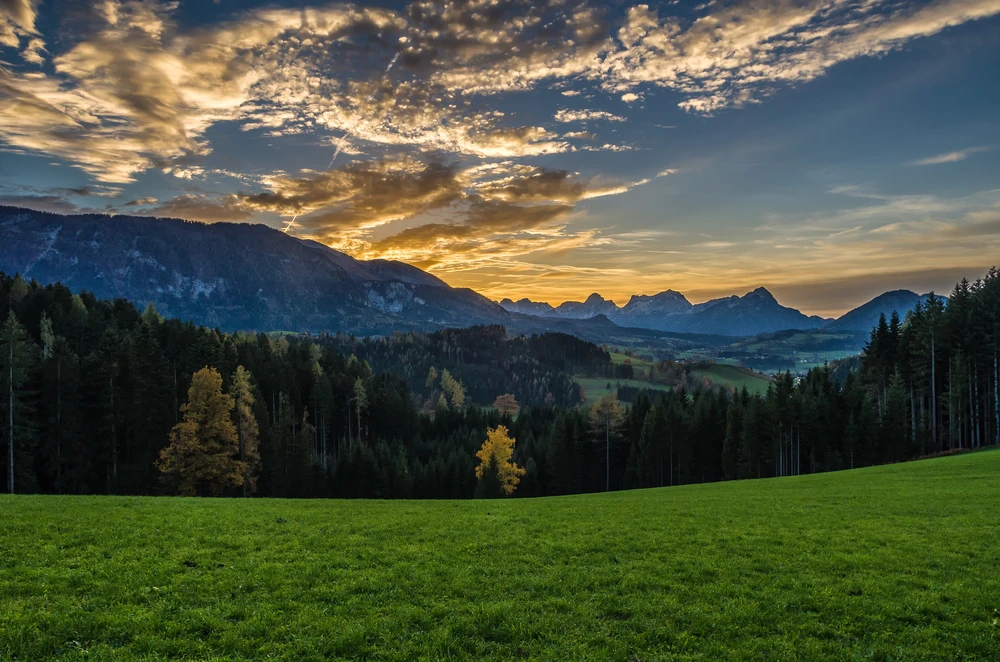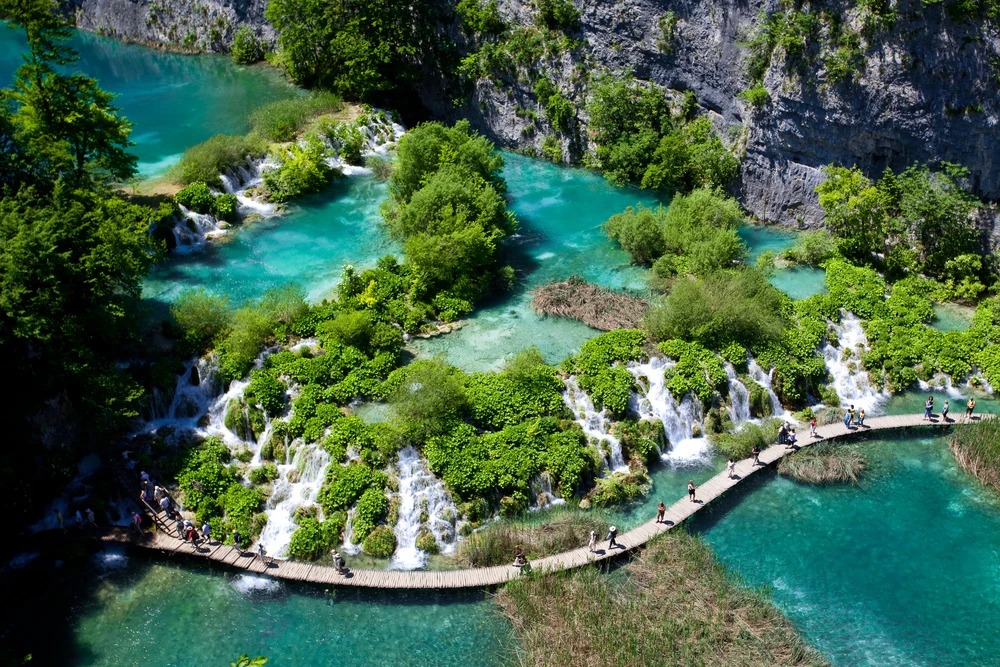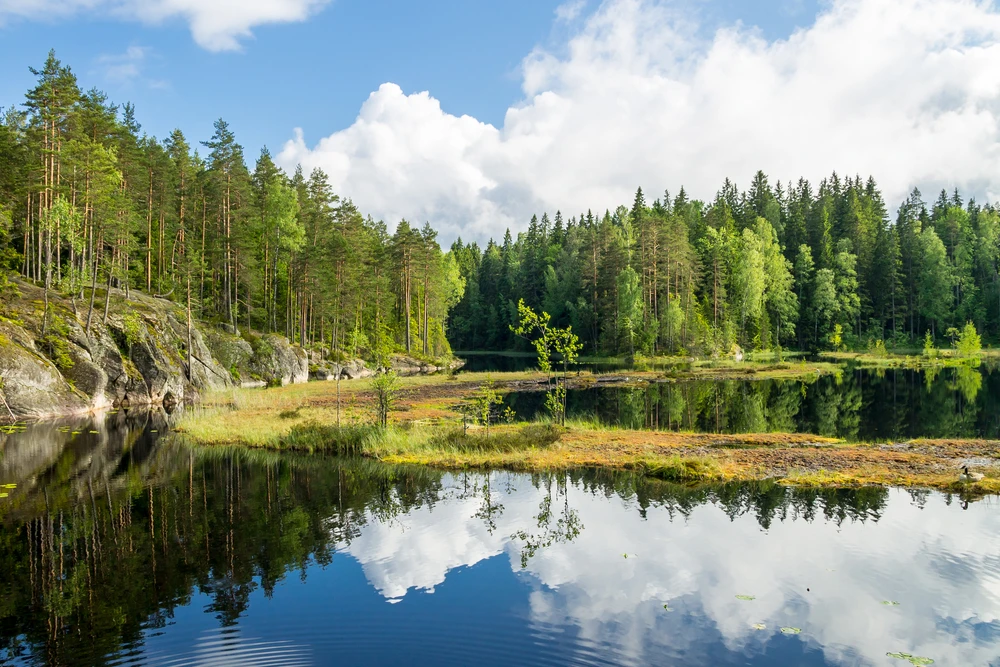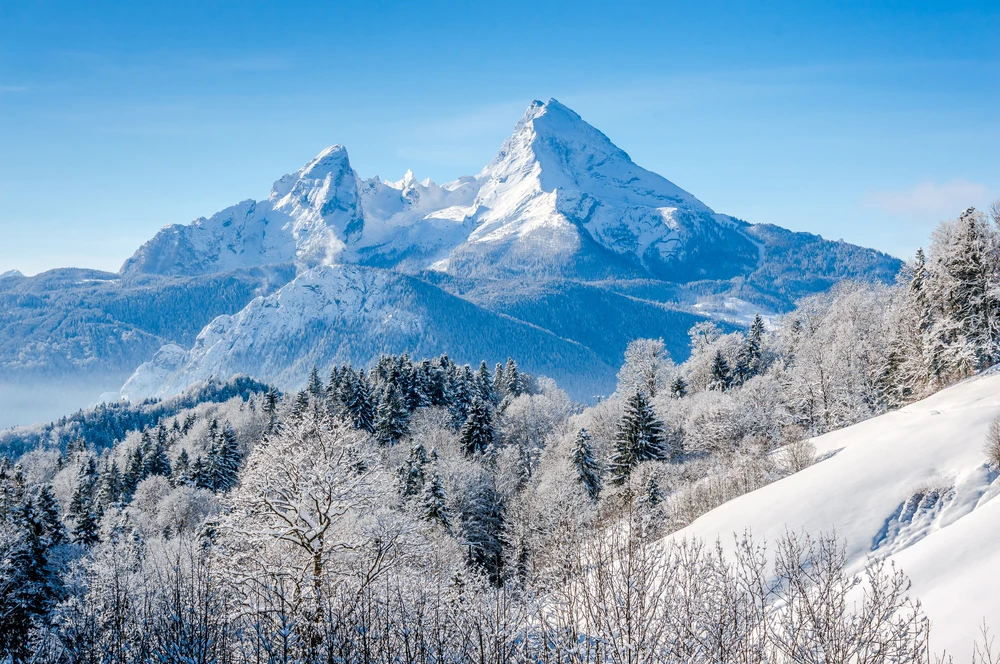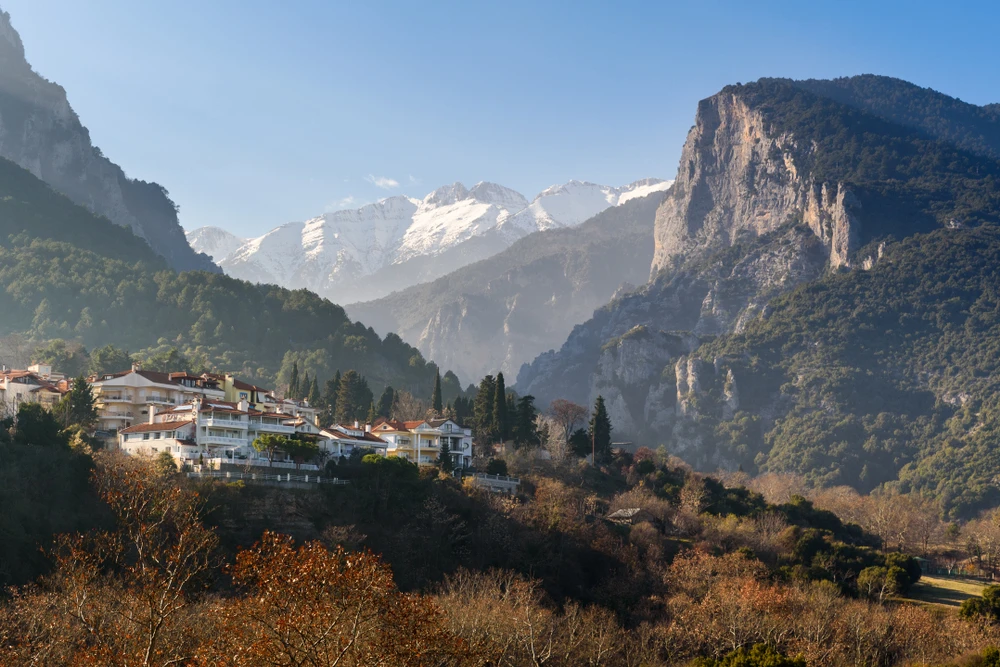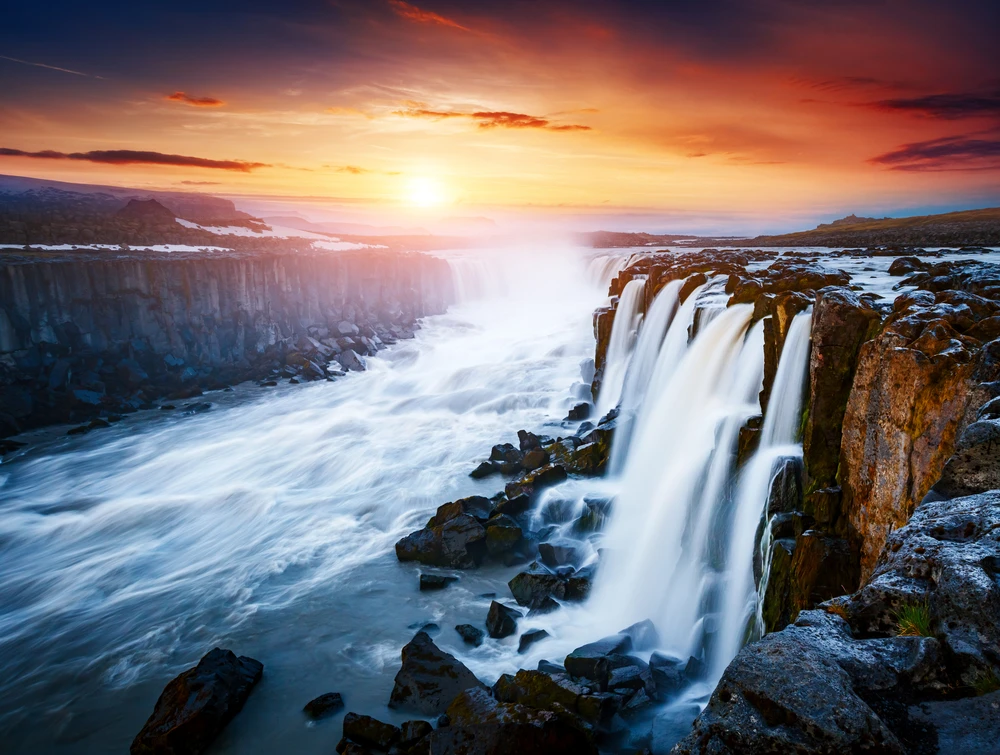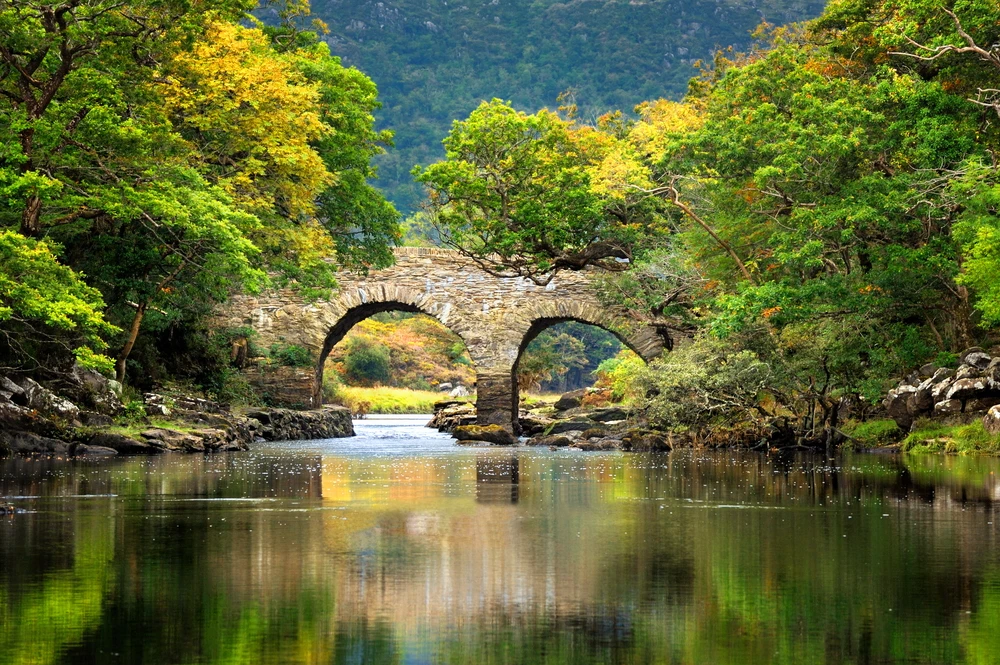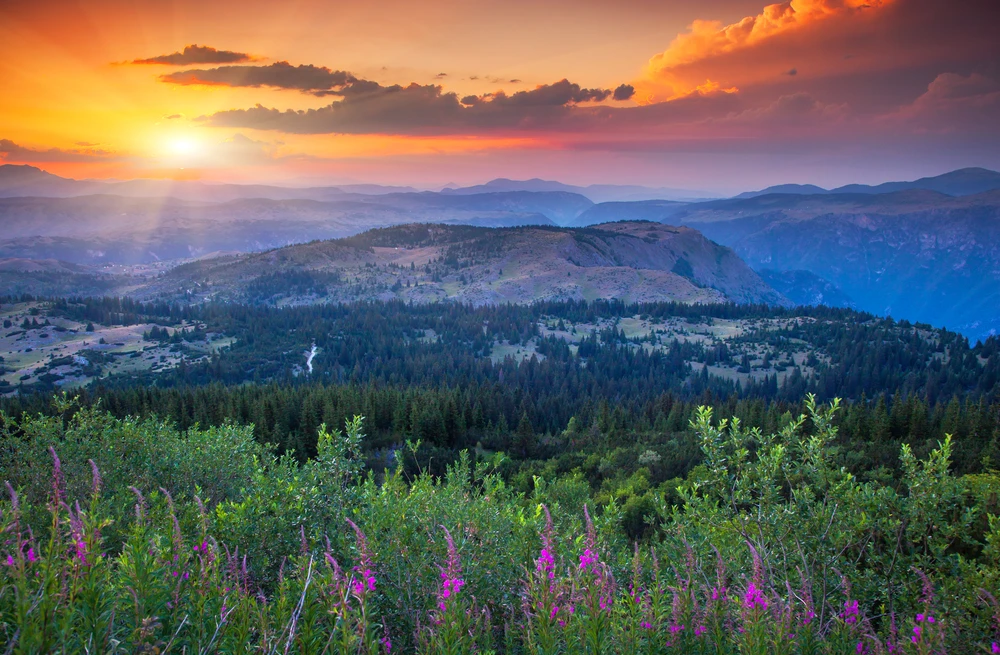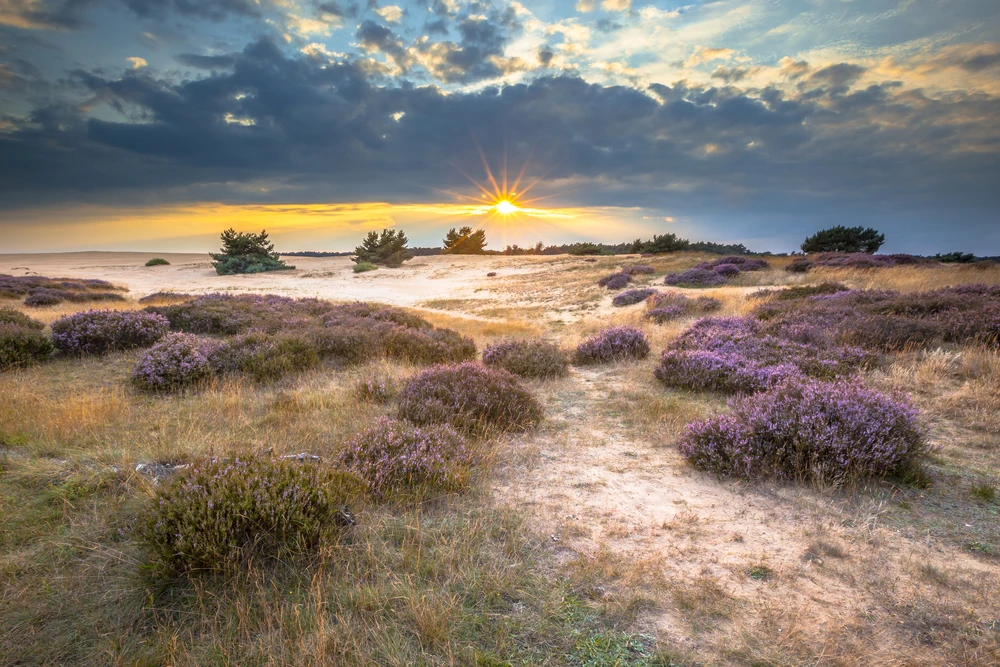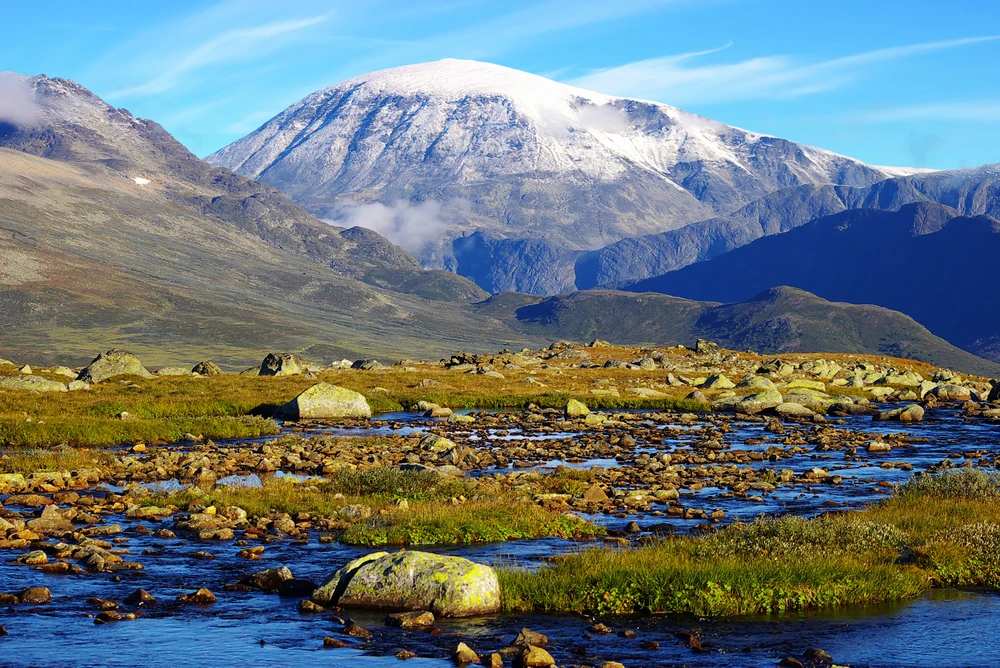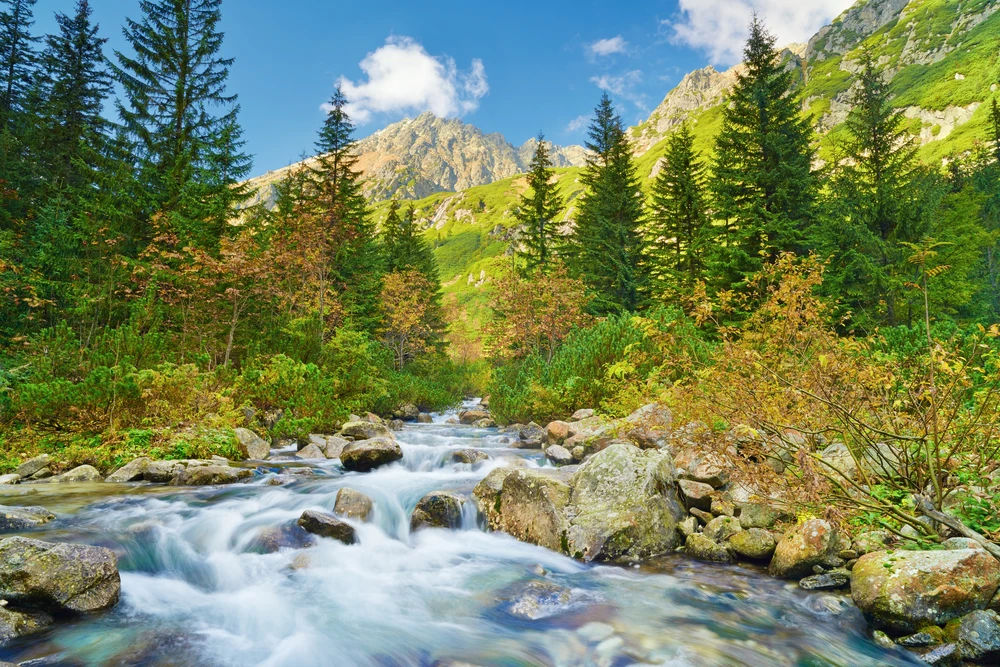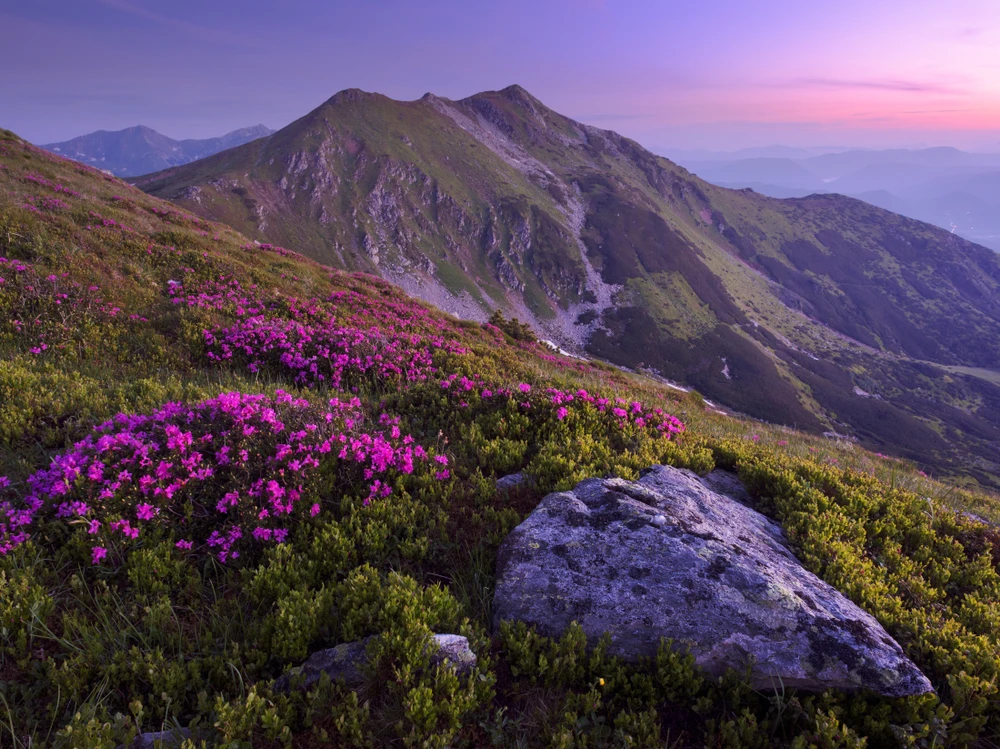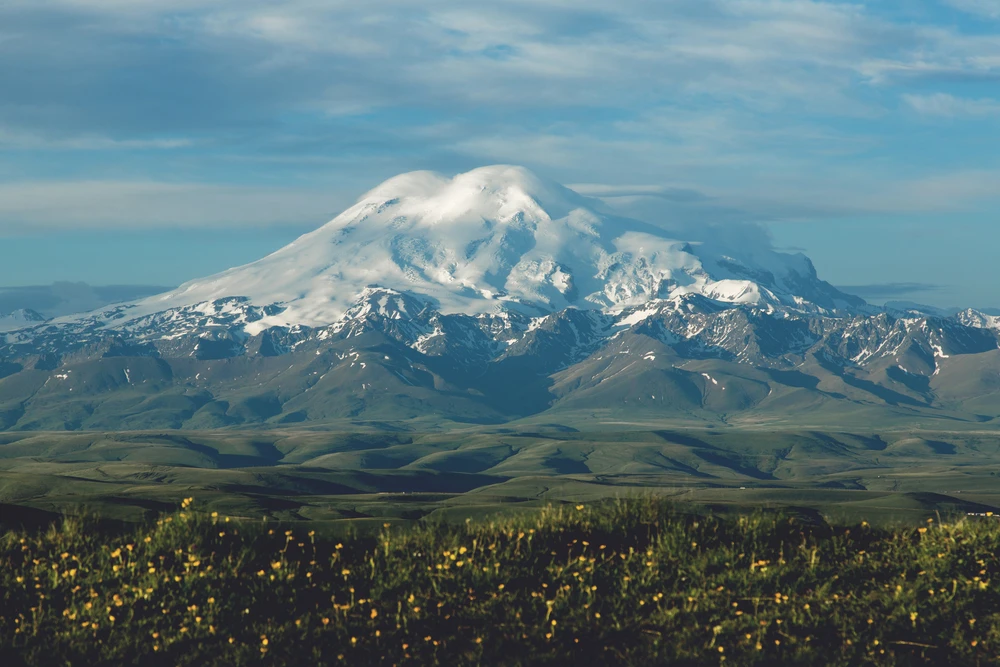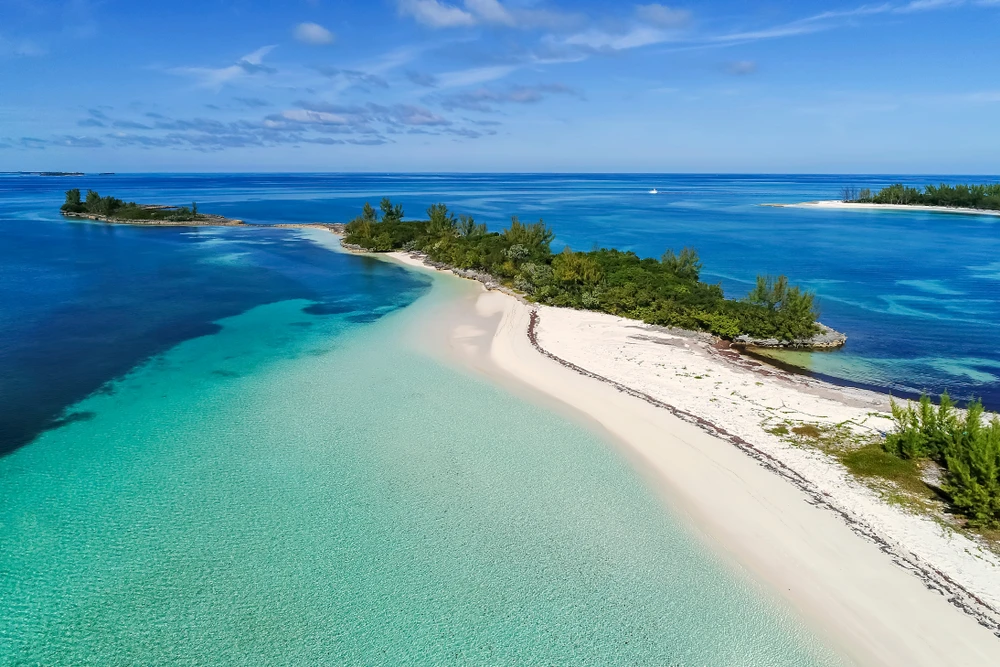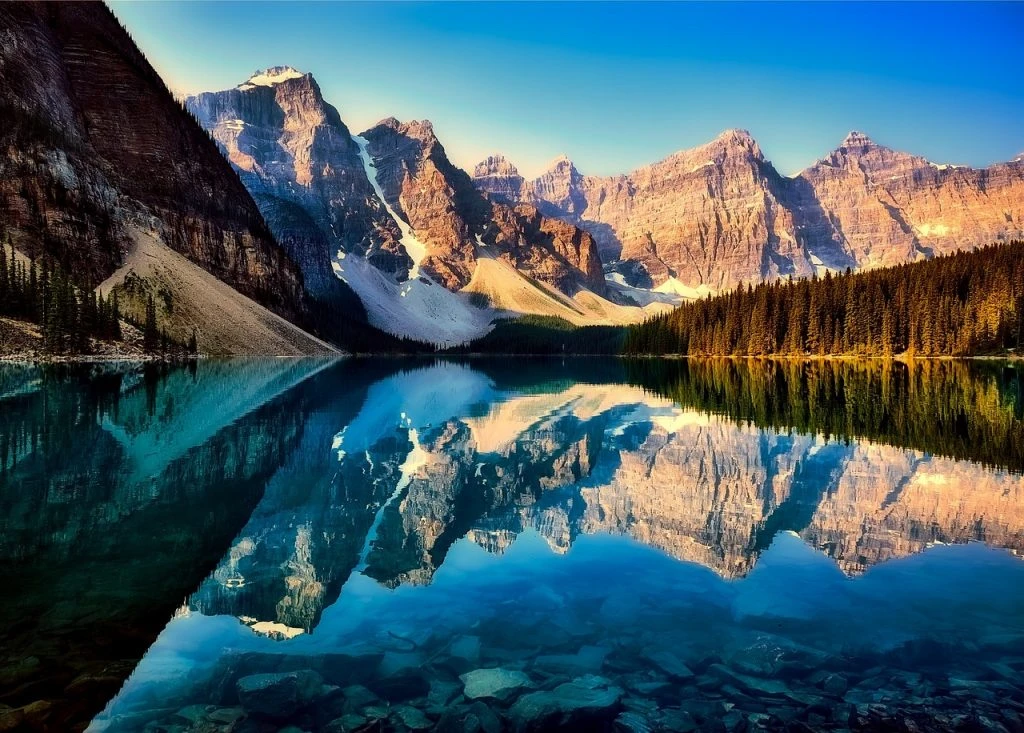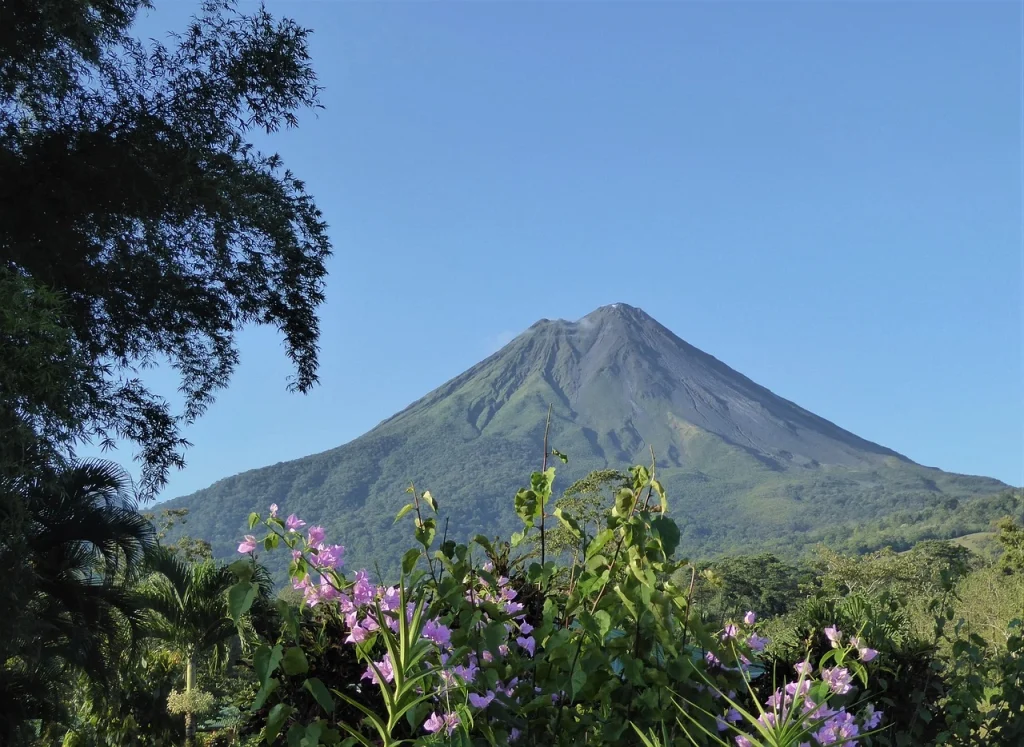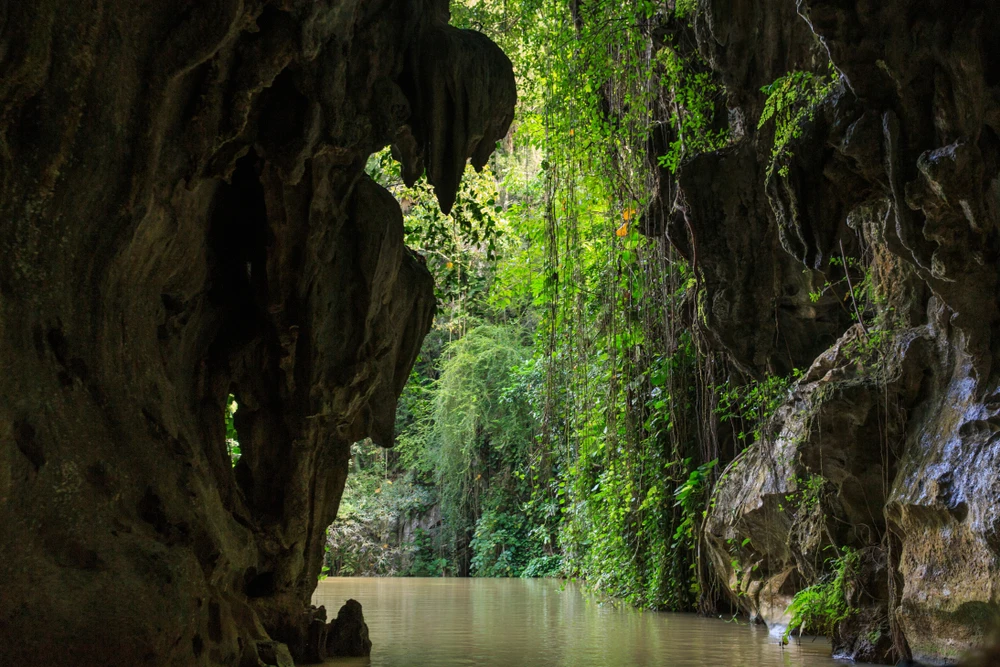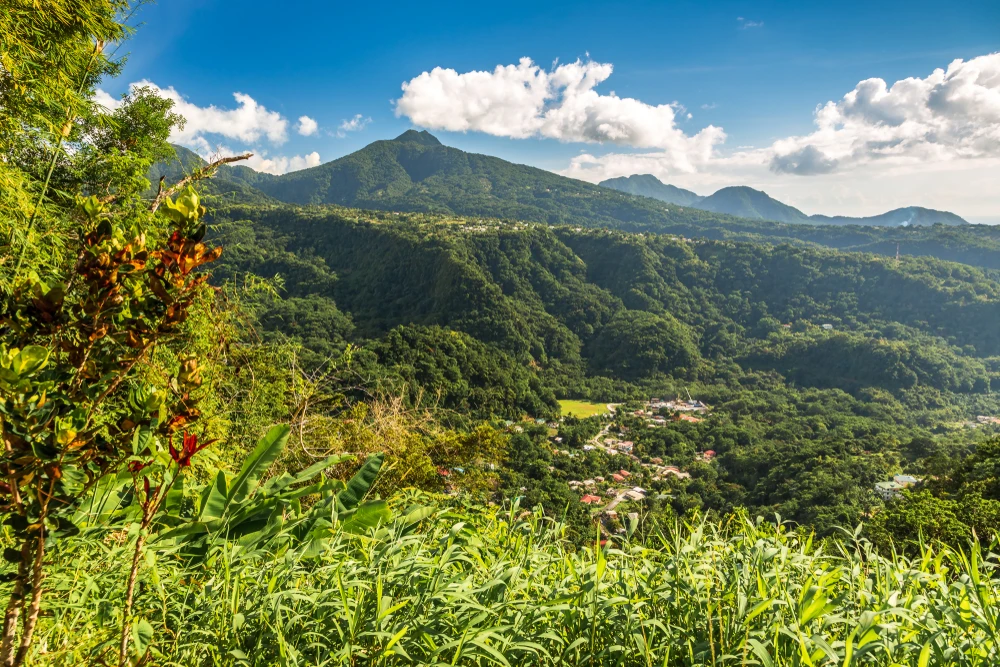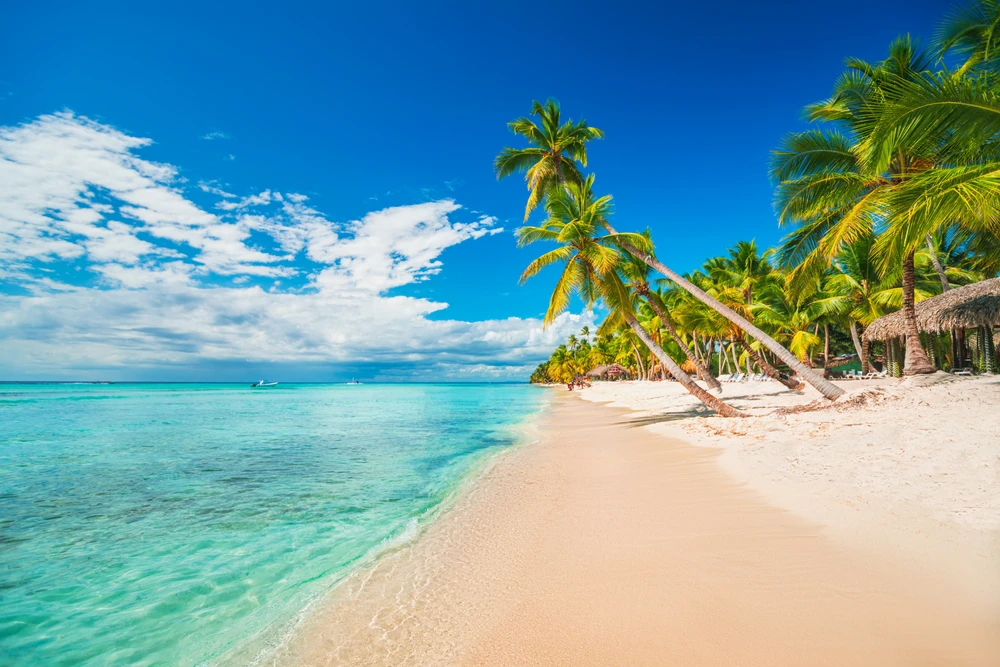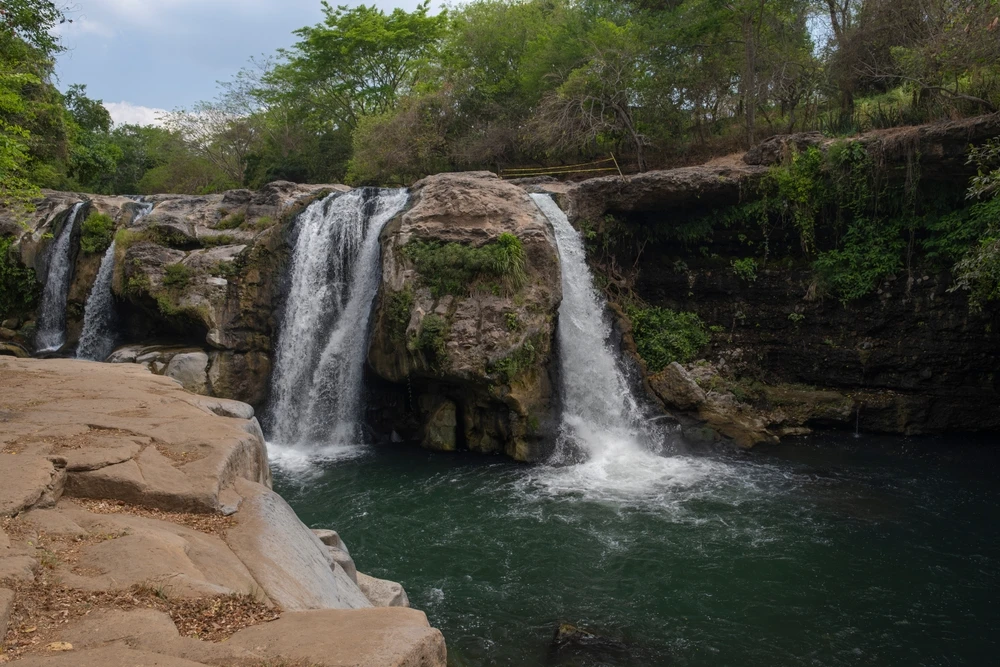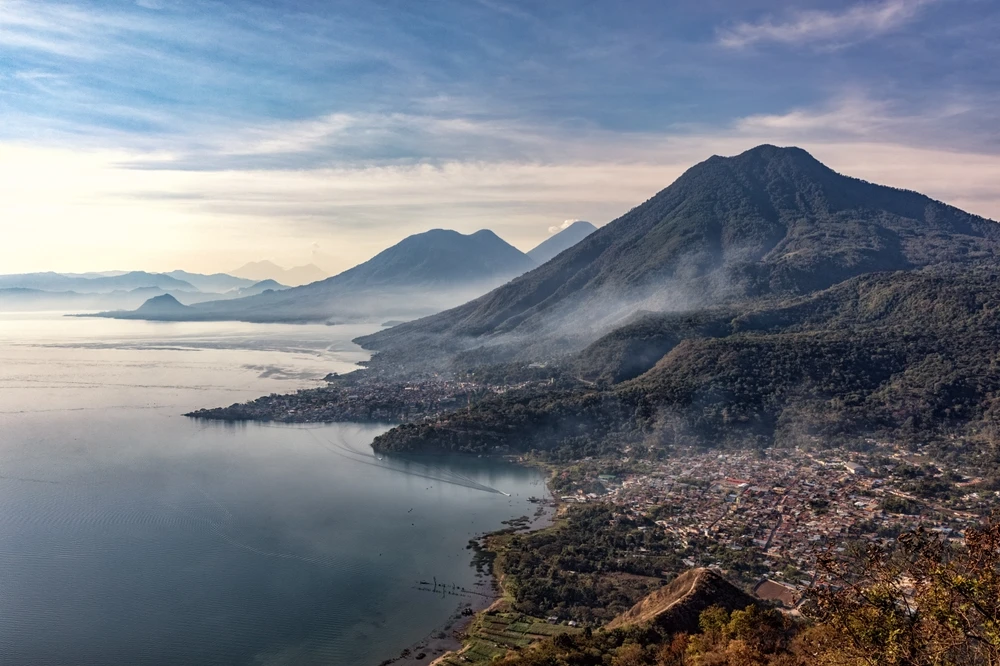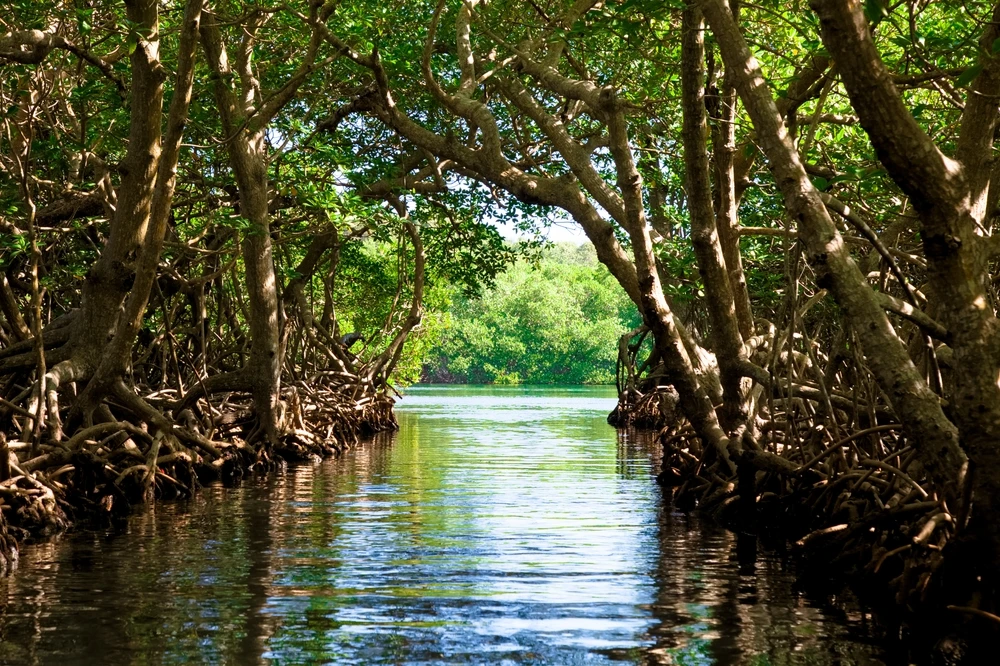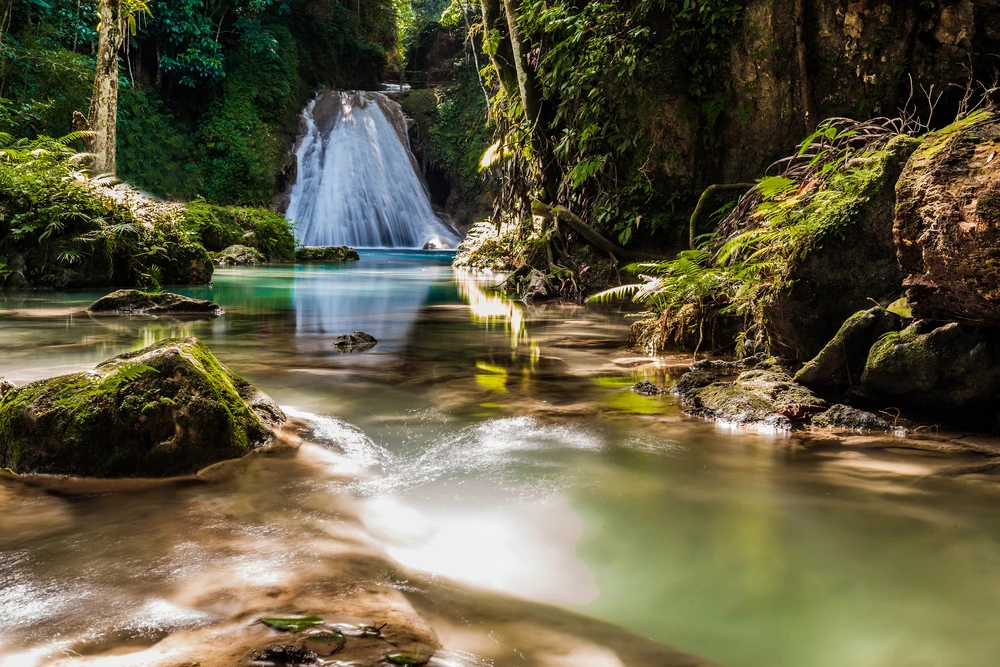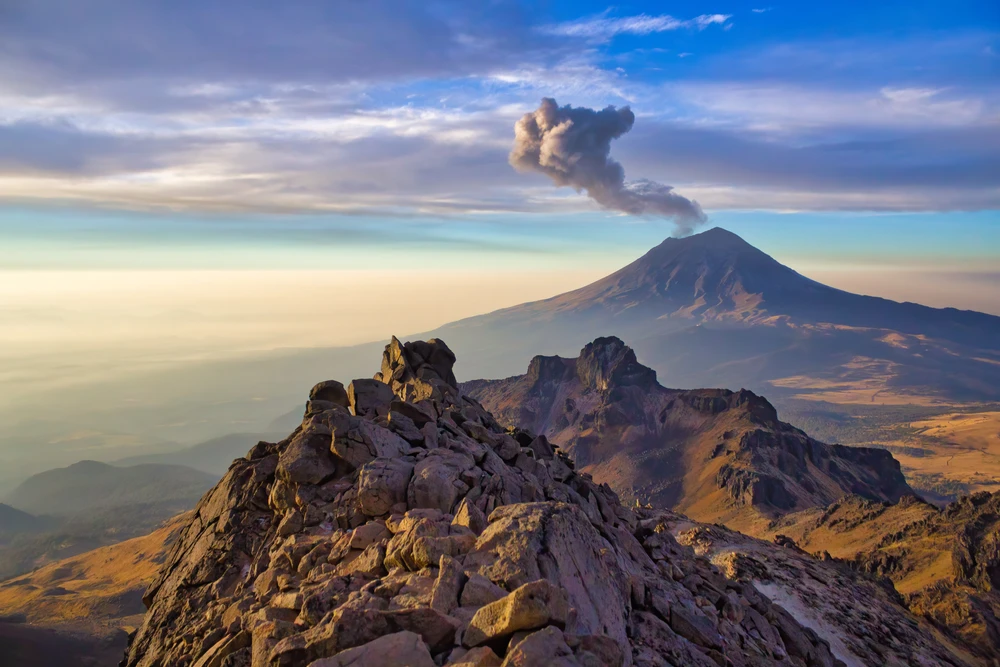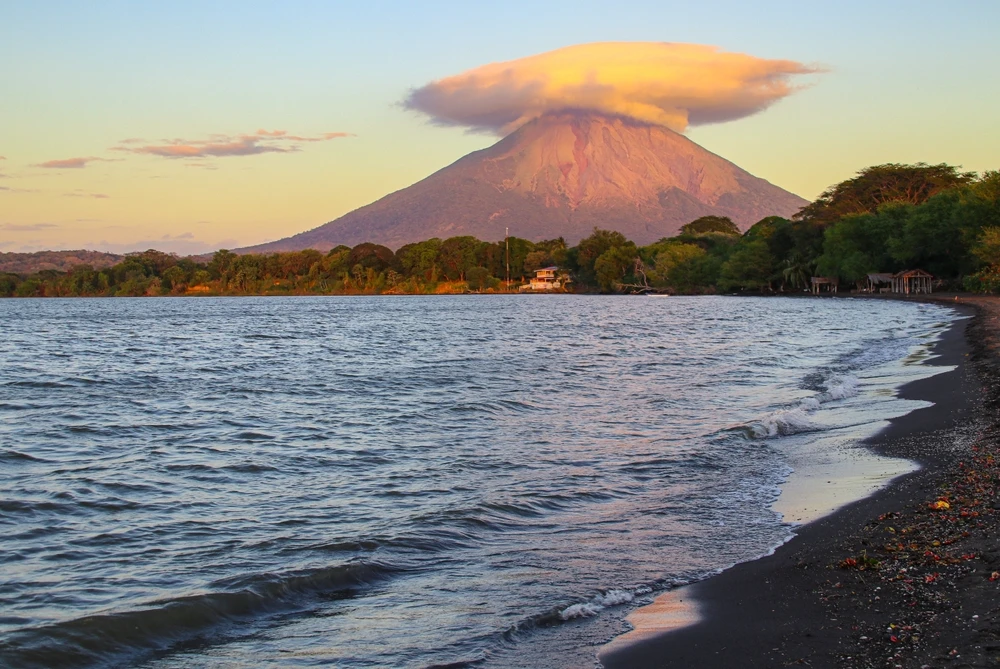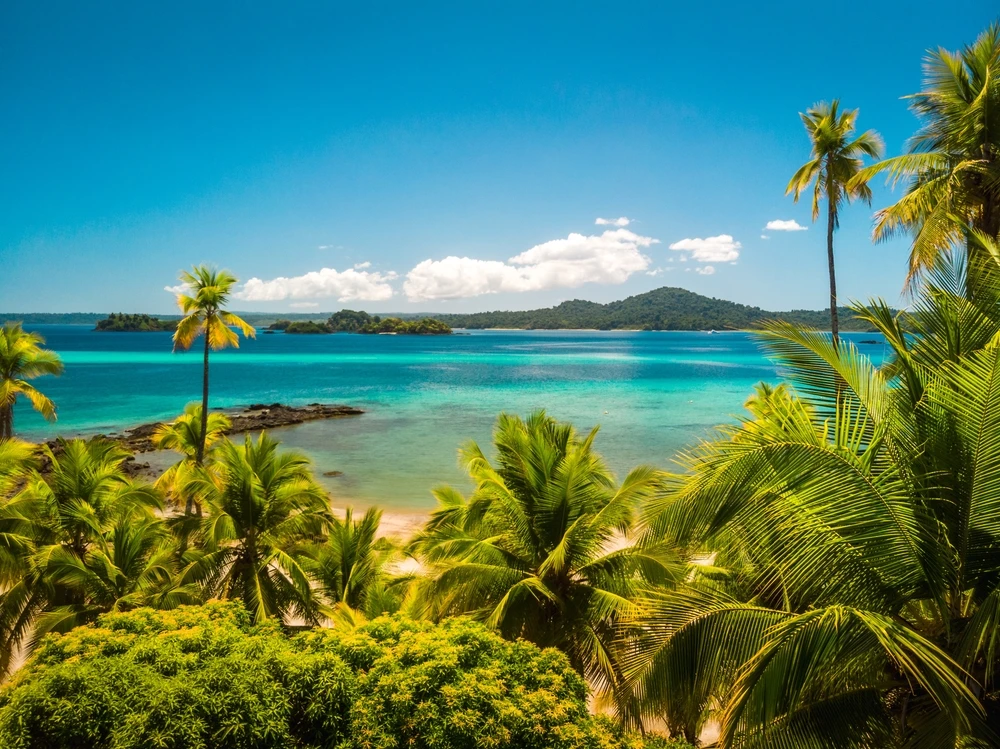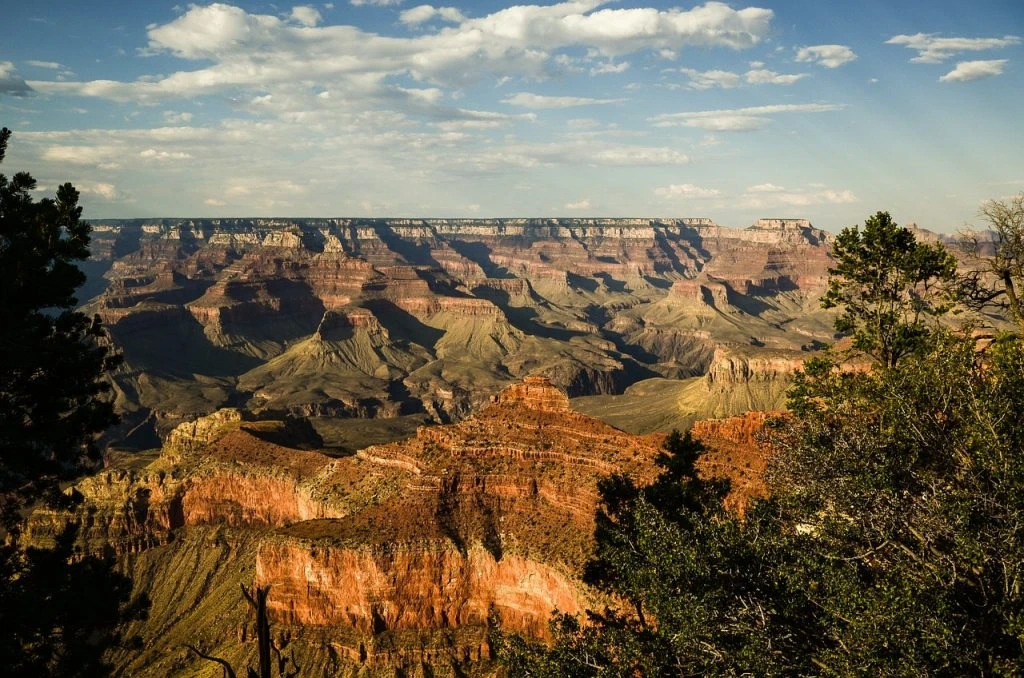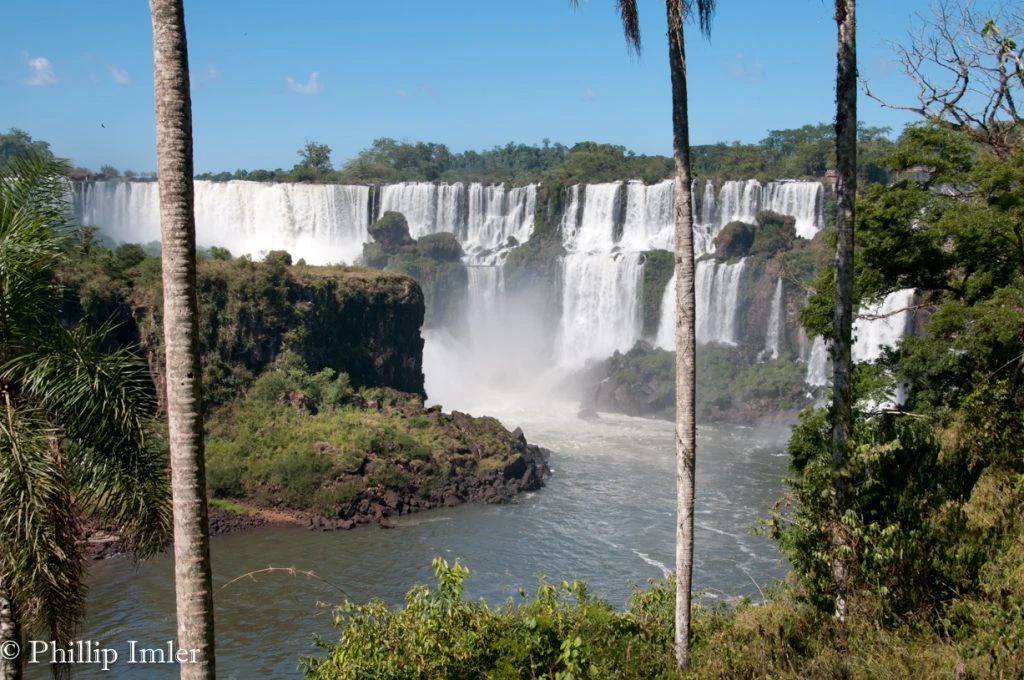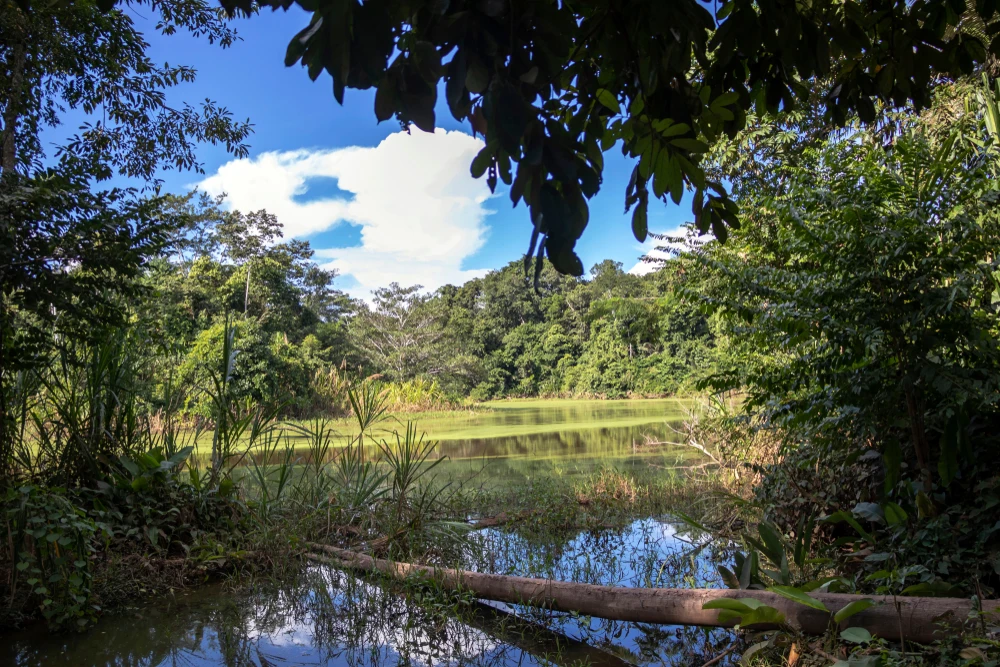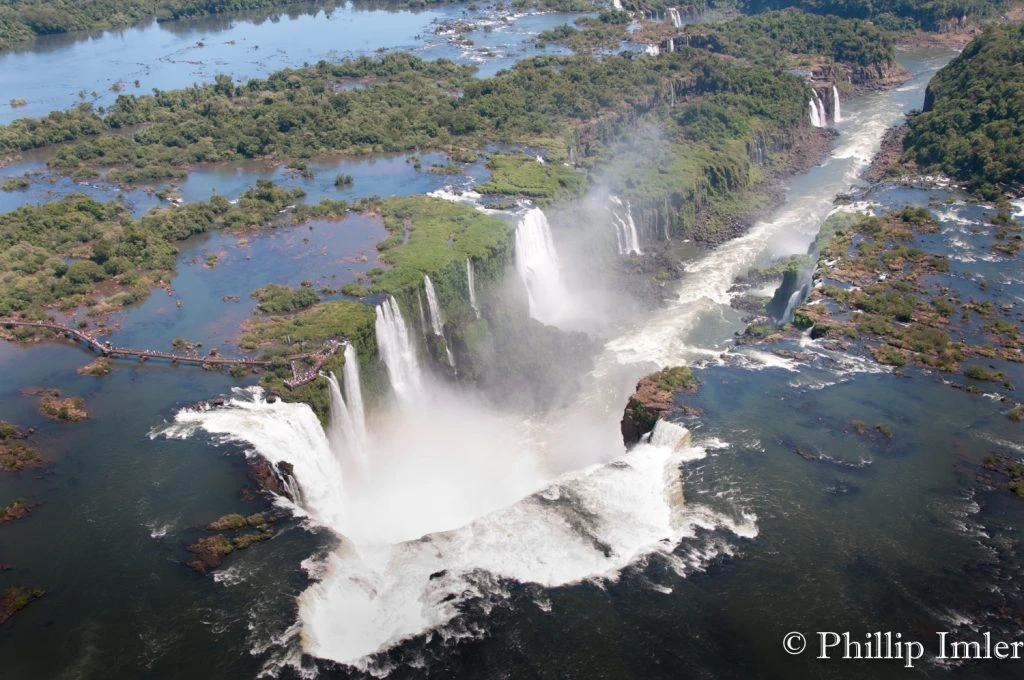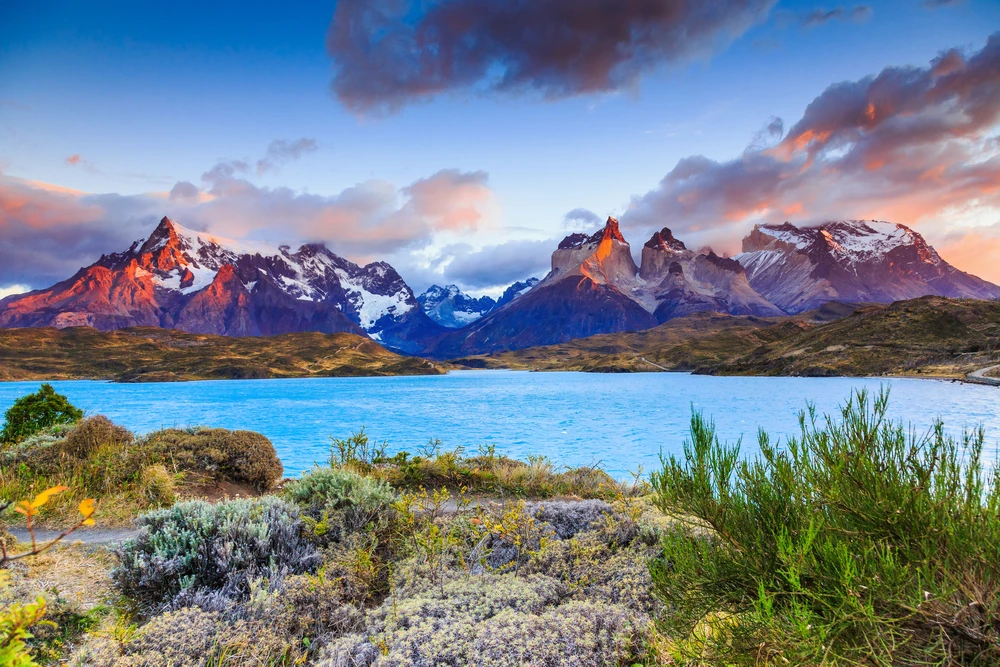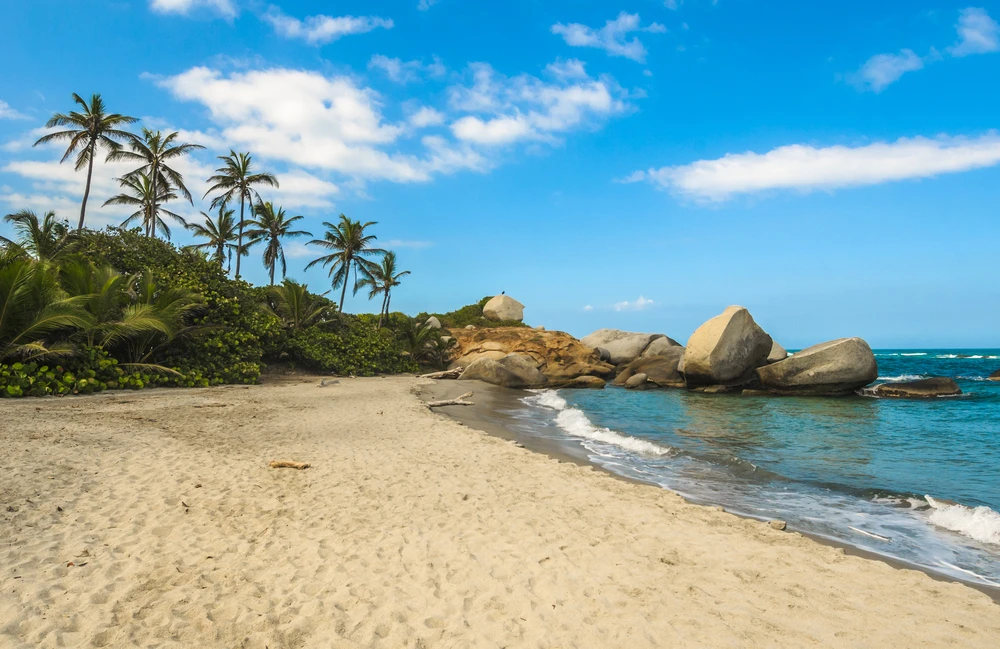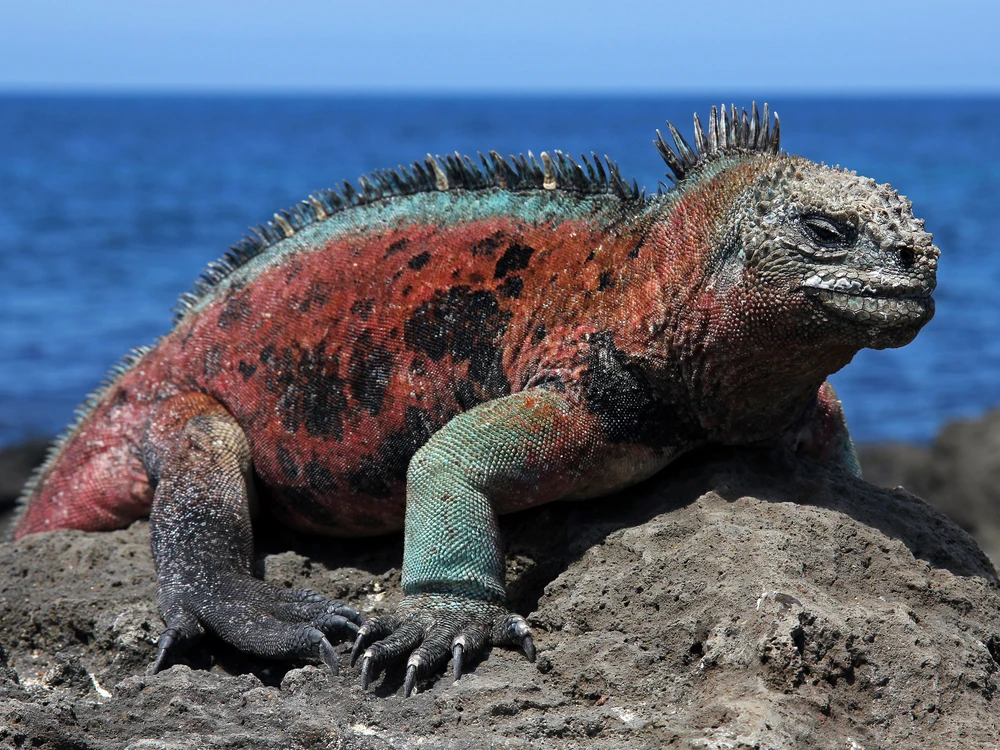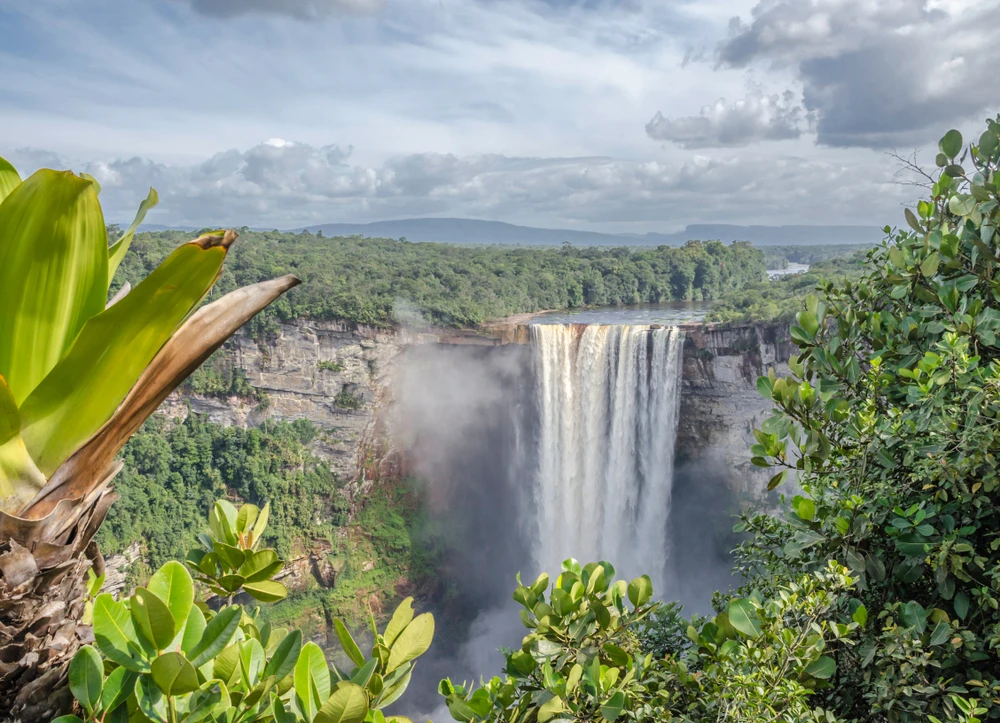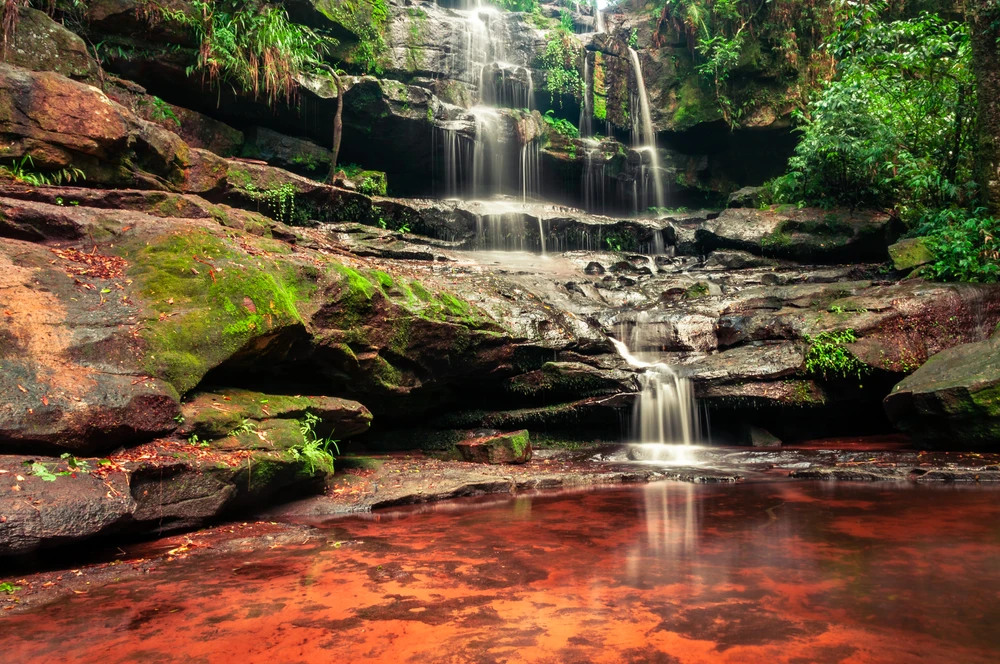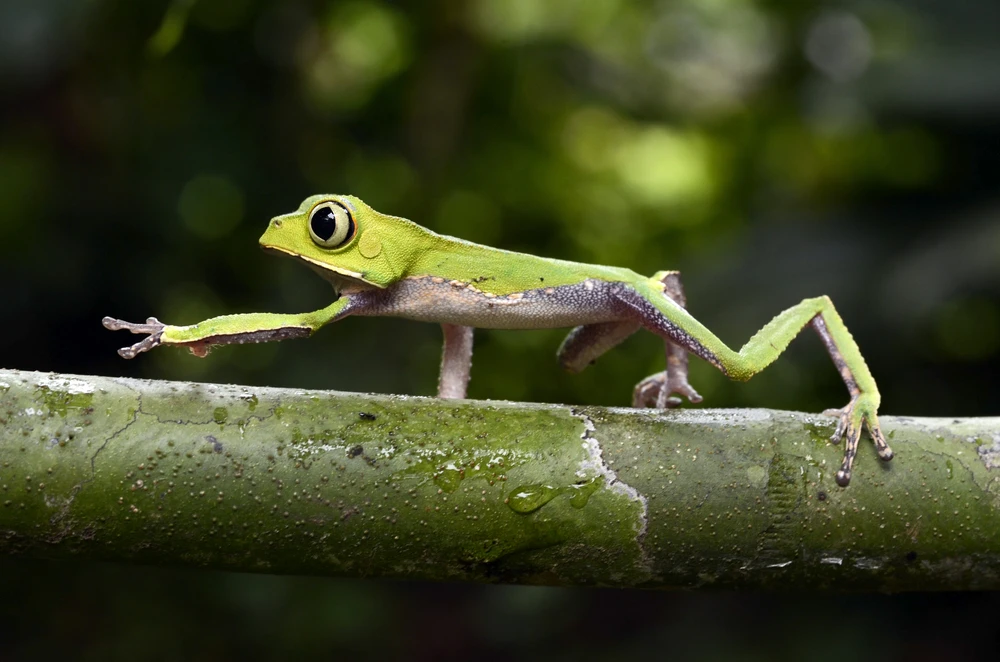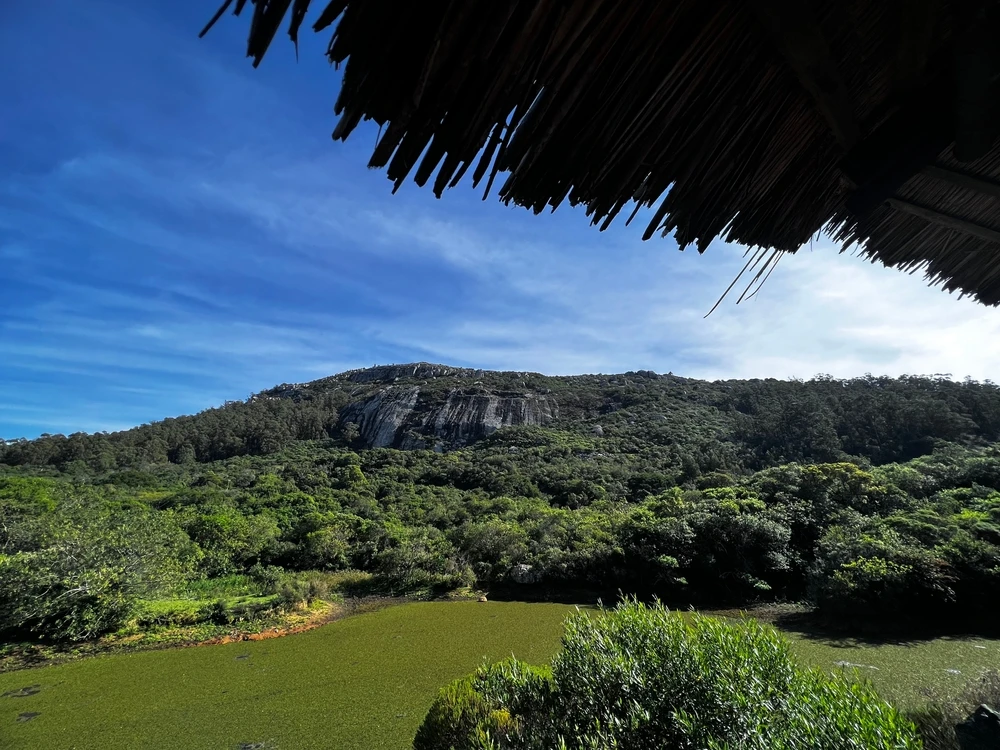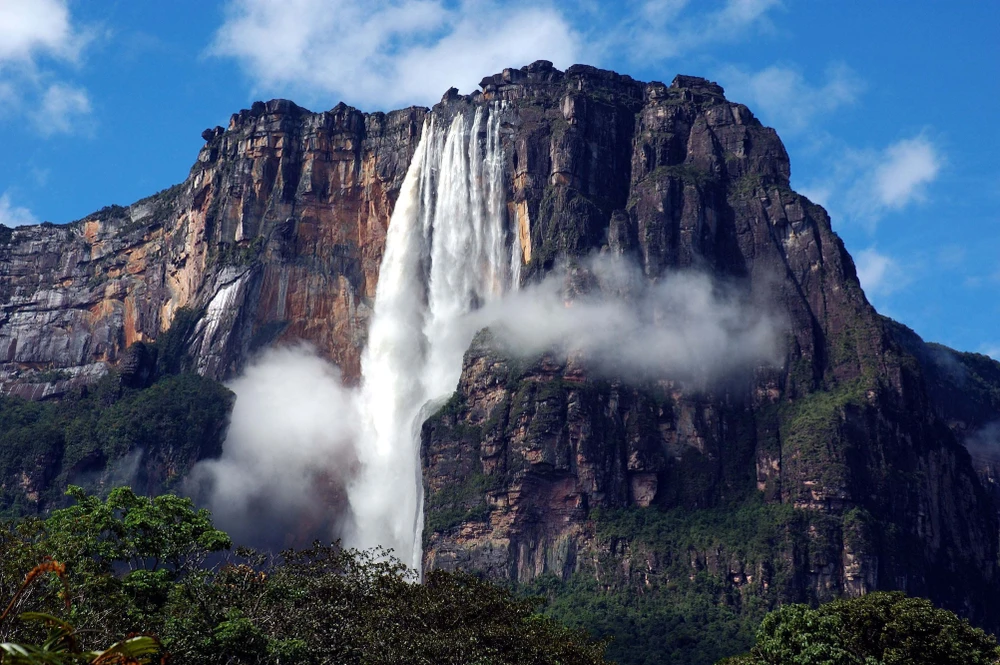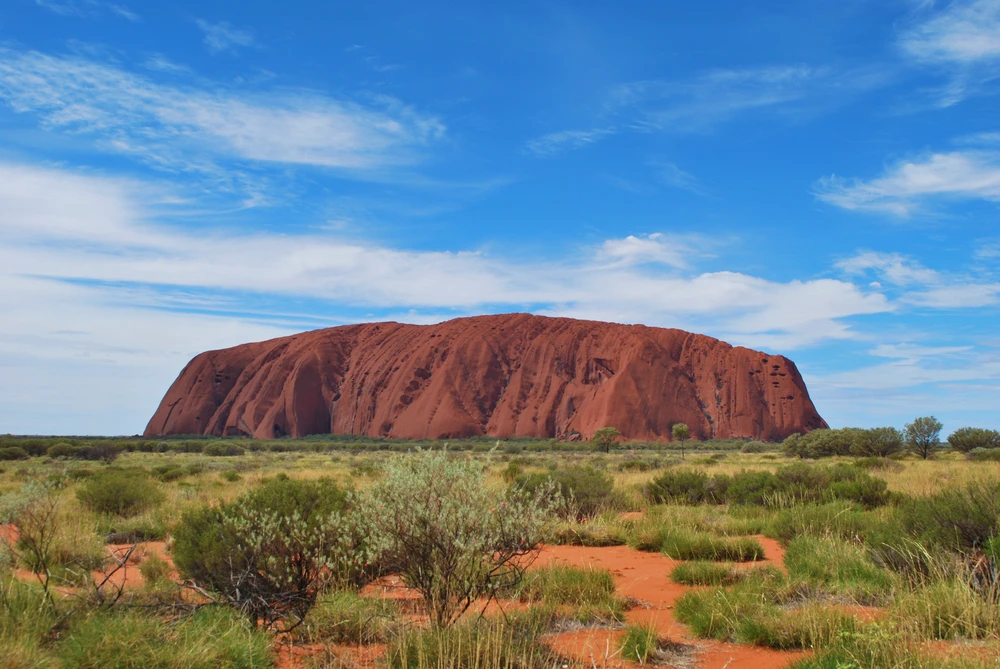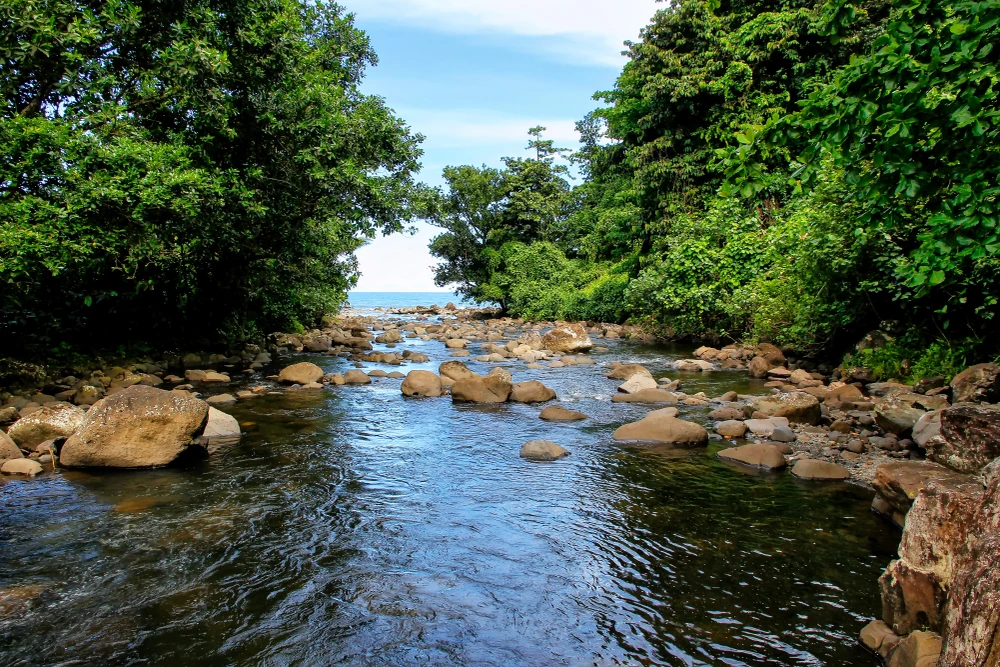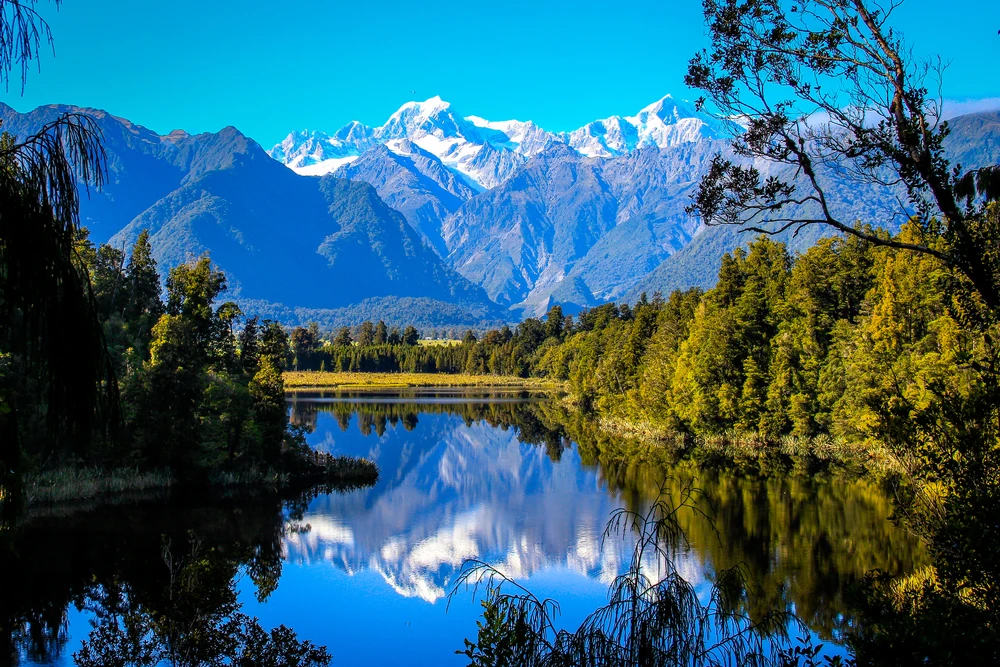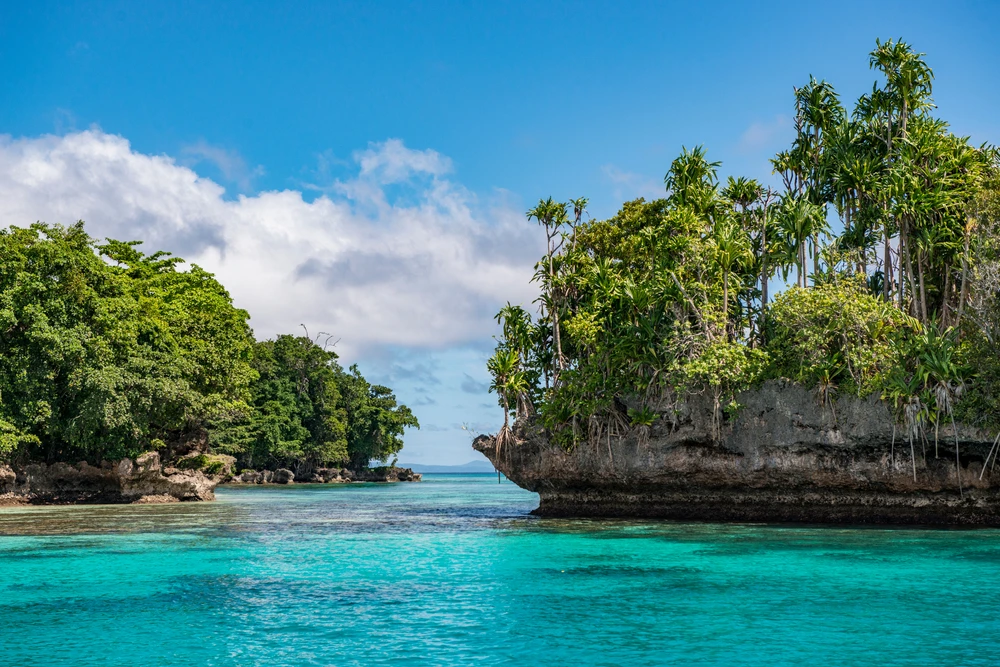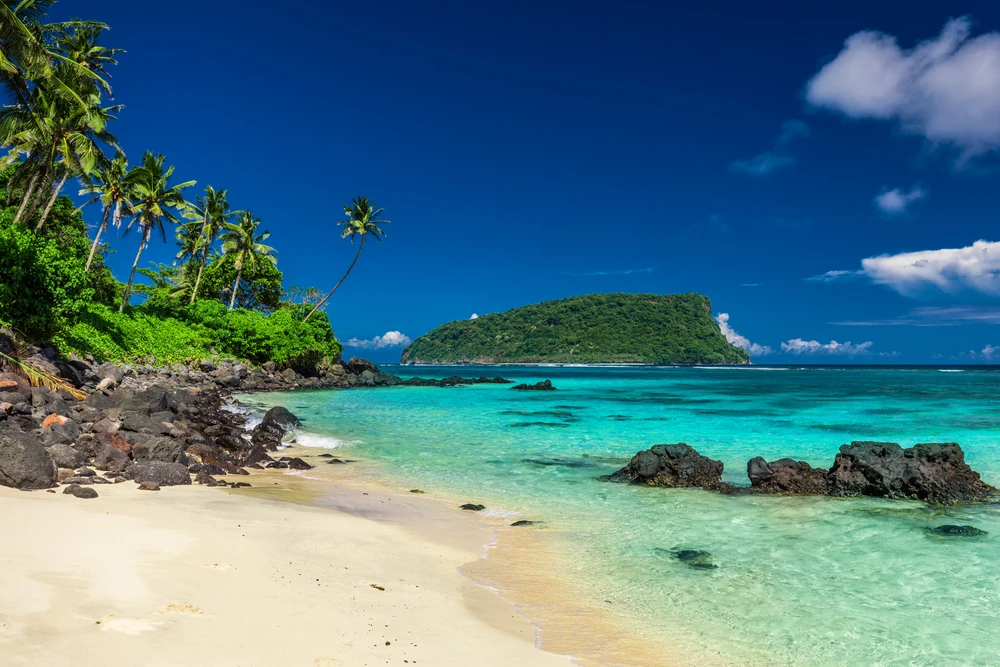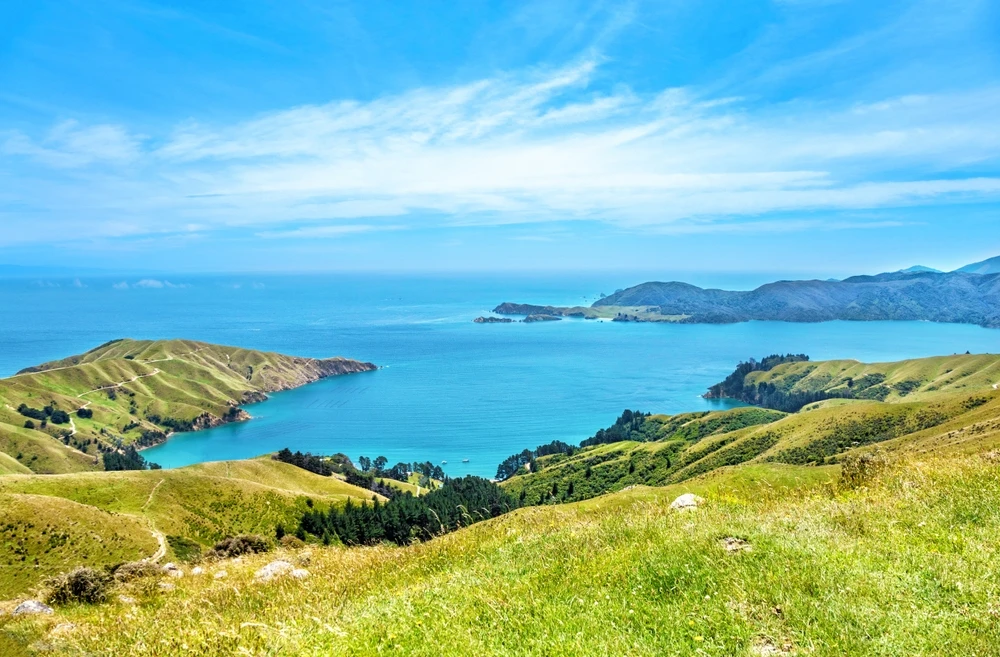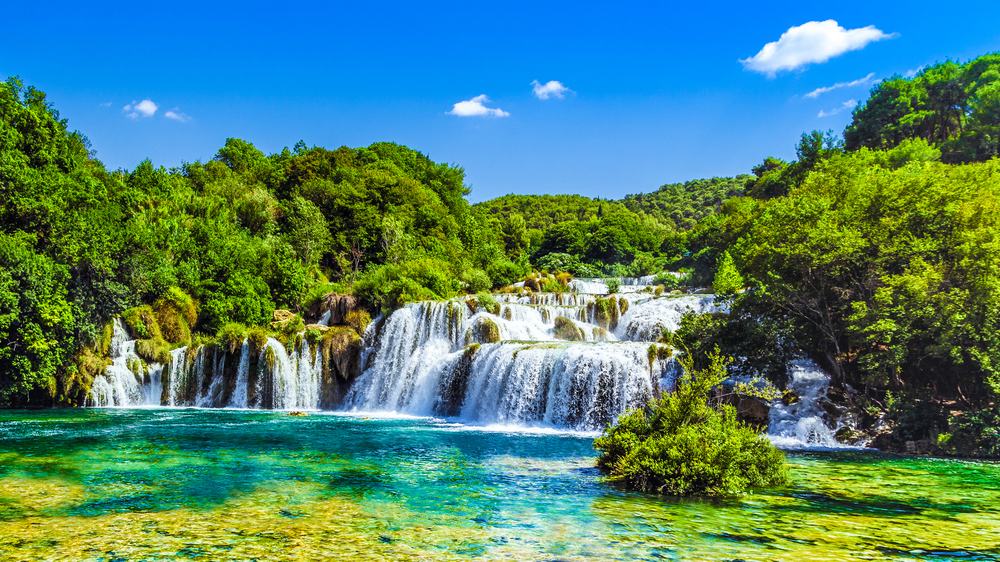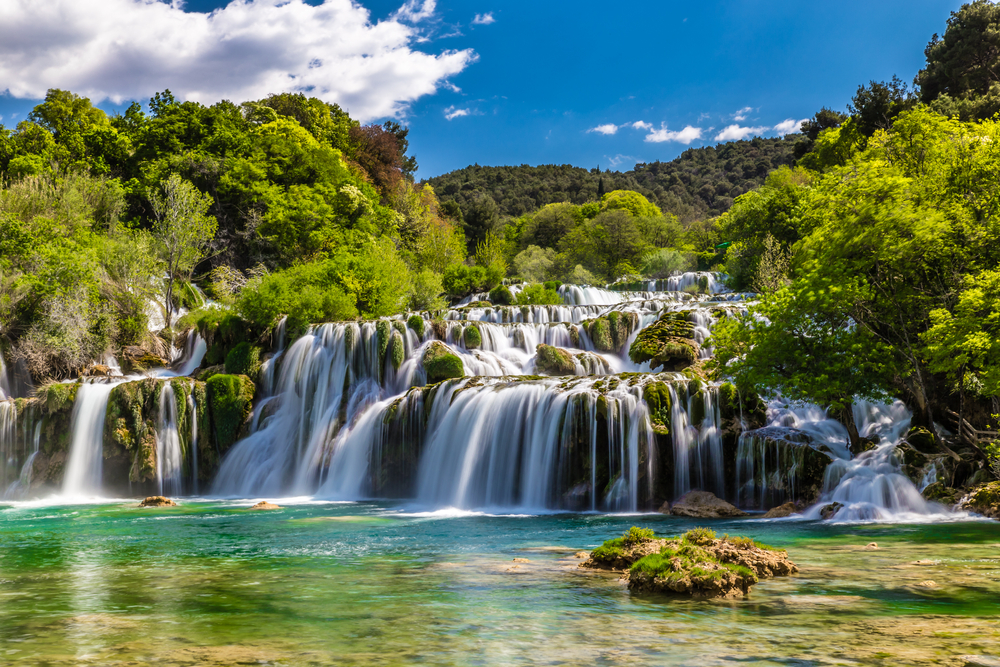Croatia is home to an impressive collection of eight national parks, each offering unique landscapes, diverse ecosystems, and a haven for wildlife. The country’s national parks showcase its natural beauty, from rugged mountains and dense forests to cascading waterfalls and tranquil islands. This diversity makes Croatia a prime destination for nature lovers and adventure seekers alike.
Among the most famous is Plitvice Lakes National Park, a UNESCO World Heritage Site celebrated for its interconnected lakes, waterfalls, and lush greenery. Visitors can marvel at the striking turquoise waters, fed by natural springs and surrounded by dense forest. Wooden walkways wind through the park, allowing close encounters with its pristine environment and wildlife, including brown bears, wolves, and a variety of bird species. Plitvice is a year-round destination, with frozen waterfalls in winter providing a breathtaking contrast to the verdant summer scenery.
Another must-see is Krka National Park, known for its spectacular waterfalls and emerald-green rivers. Skradinski Buk, the park’s most famous waterfall, is a series of cascading falls flowing into a serene swimming area. The park also features historical landmarks, such as the Krka Monastery and medieval fortresses, blending natural beauty with cultural heritage. Krka is easily accessible, making it one of the most popular parks for day trips.
For those seeking marine wonders, Kornati National Park stands out as an archipelago of over 80 islands and reefs in the Adriatic Sea. The park is a paradise for sailors, snorkelers, and divers, offering crystal-clear waters and thriving marine life. The barren, rocky islands create a stark yet beautiful contrast against the vibrant blue sea, embodying a unique maritime landscape.
Paklenica National Park is a haven for climbers and hikers, with its dramatic canyons, towering cliffs, and rugged mountain trails. Located in the Velebit mountain range, the park is also a hotspot for biodiversity, with rare plants and animals thriving in its varied habitats. Adventurers can explore Velika Paklenica and Mala Paklenica canyons, or traverse trails leading to hidden caves and scenic viewpoints.
Mljet National Park, located on the island of Mljet, offers a tranquil escape with its saltwater lakes, dense Mediterranean forests, and unspoiled coastline. Visitors can kayak, swim, or bike while enjoying the serenity of the island’s natural beauty. The park also houses cultural sites, including a Benedictine monastery on an islet in Veliko Jezero (Big Lake).
Croatia’s national parks face challenges such as overtourism and climate change, which threaten fragile ecosystems. However, conservation efforts, including sustainable tourism initiatives and strict regulations, have been implemented to preserve these natural treasures. The success of these measures is evident in the thriving wildlife populations and well-maintained landscapes.
Scroll for an Alphabetical list of Croatia National Parks
